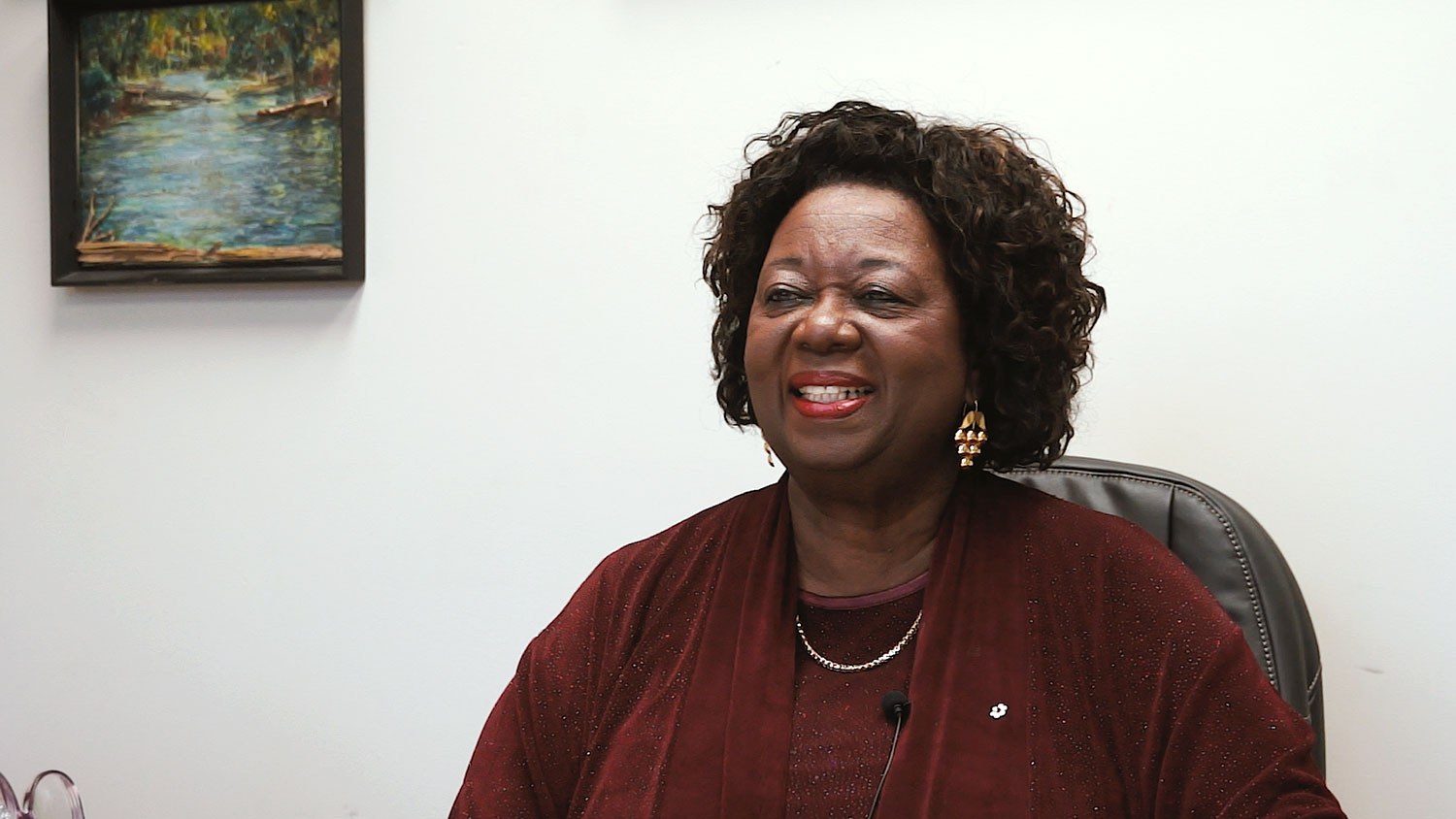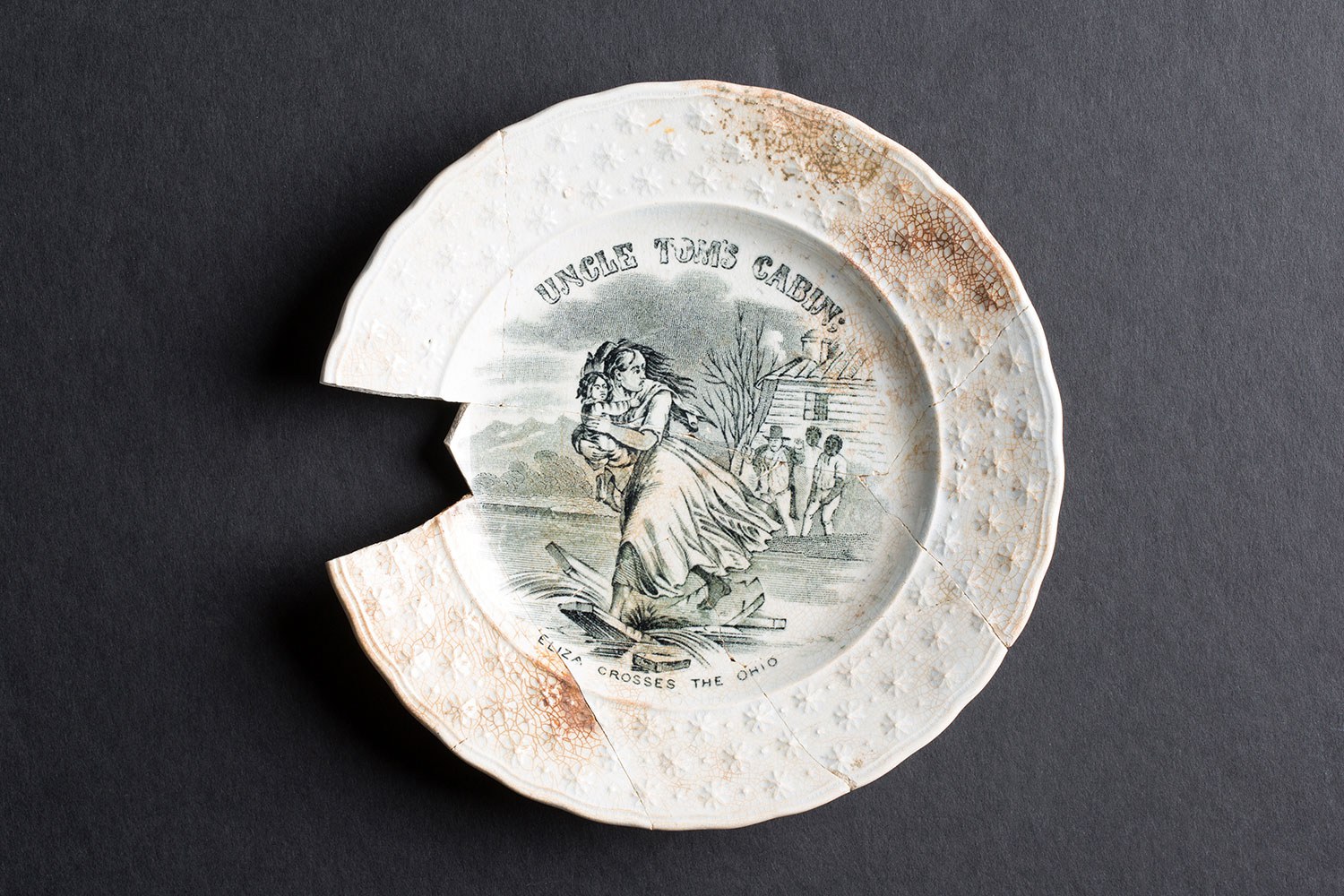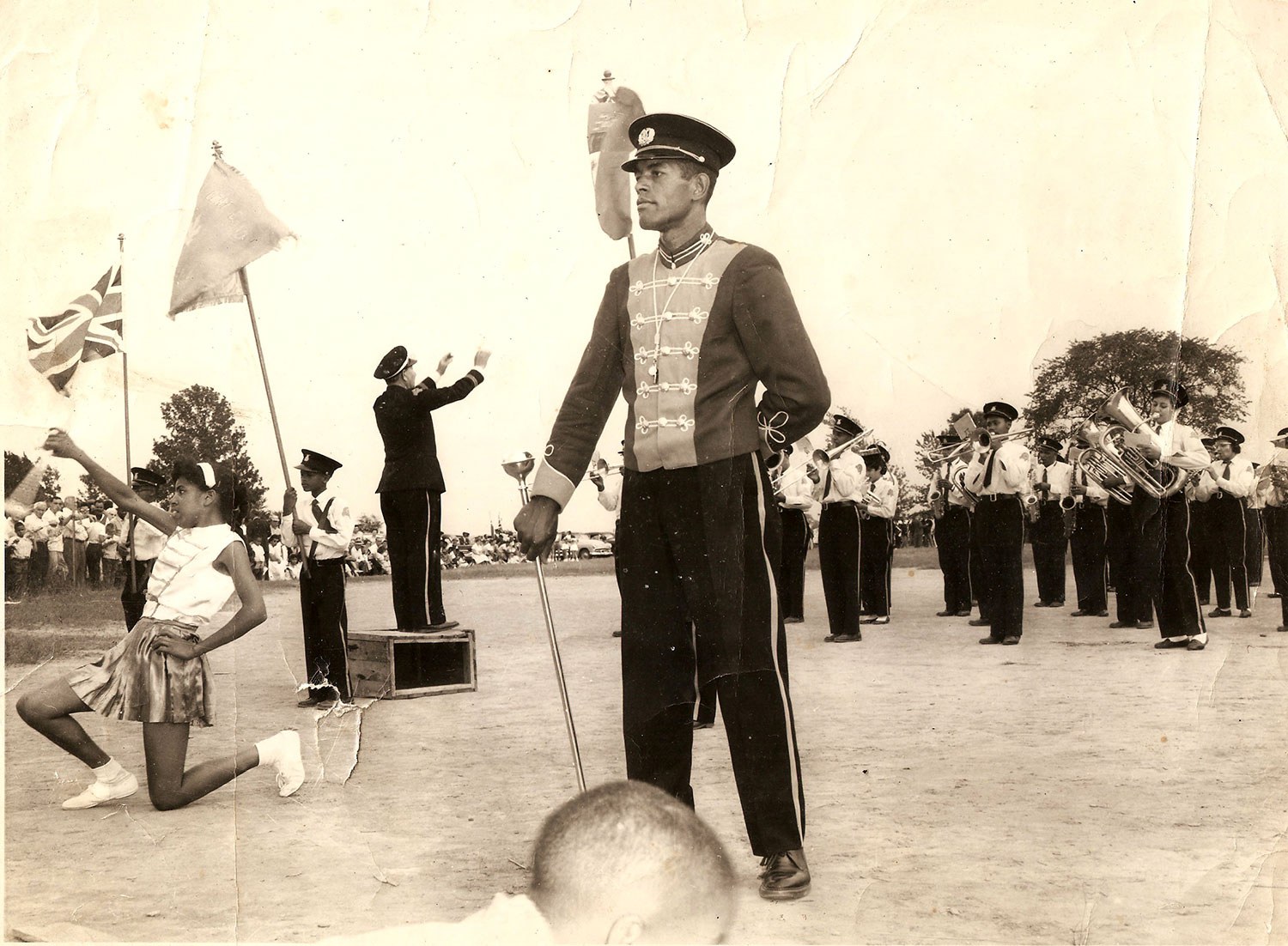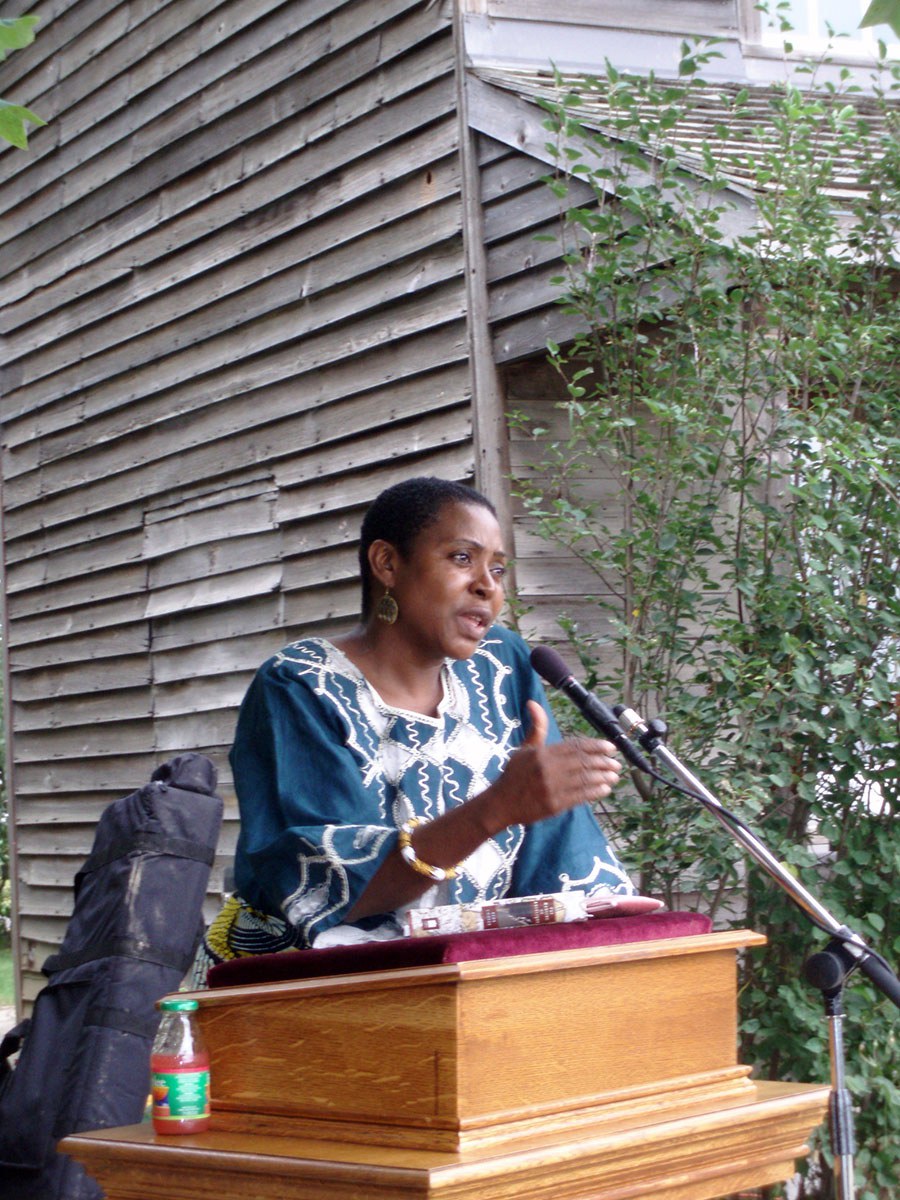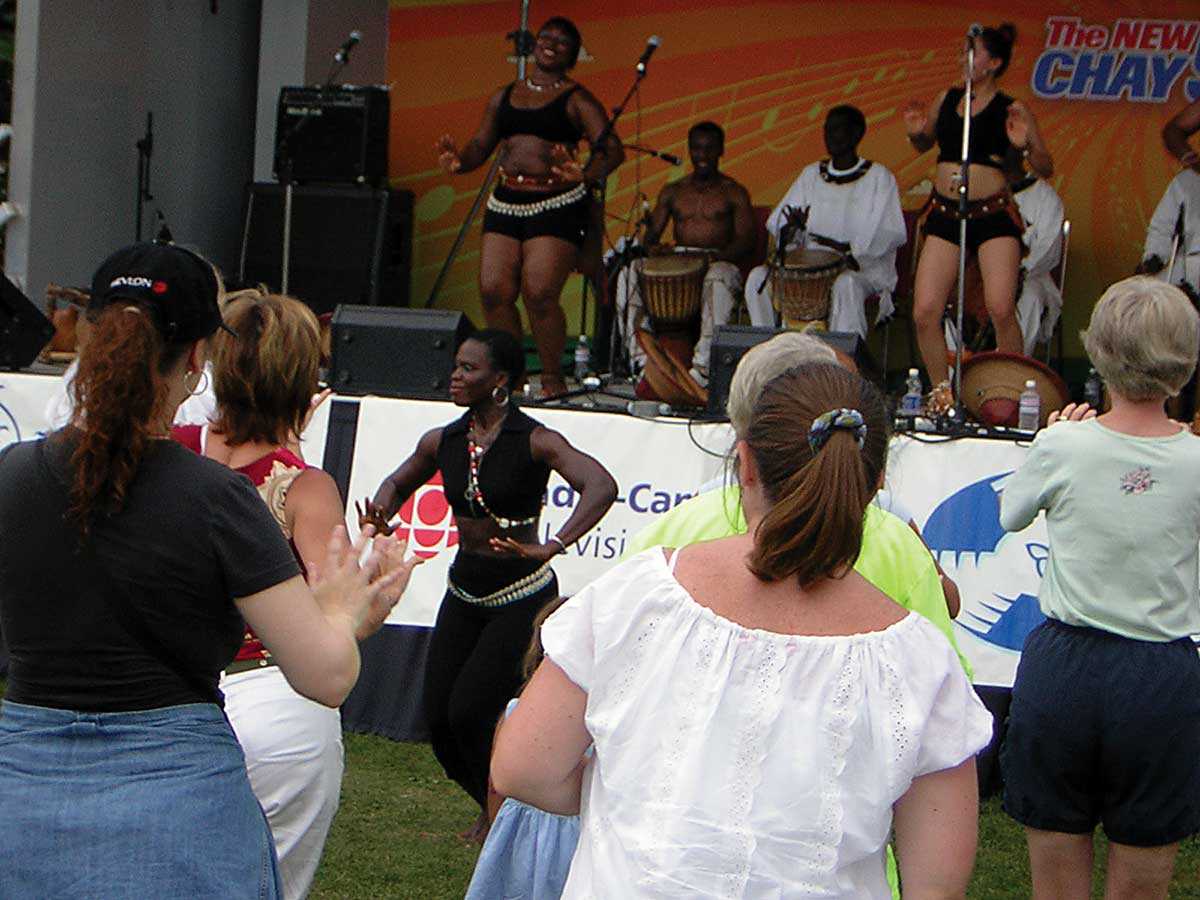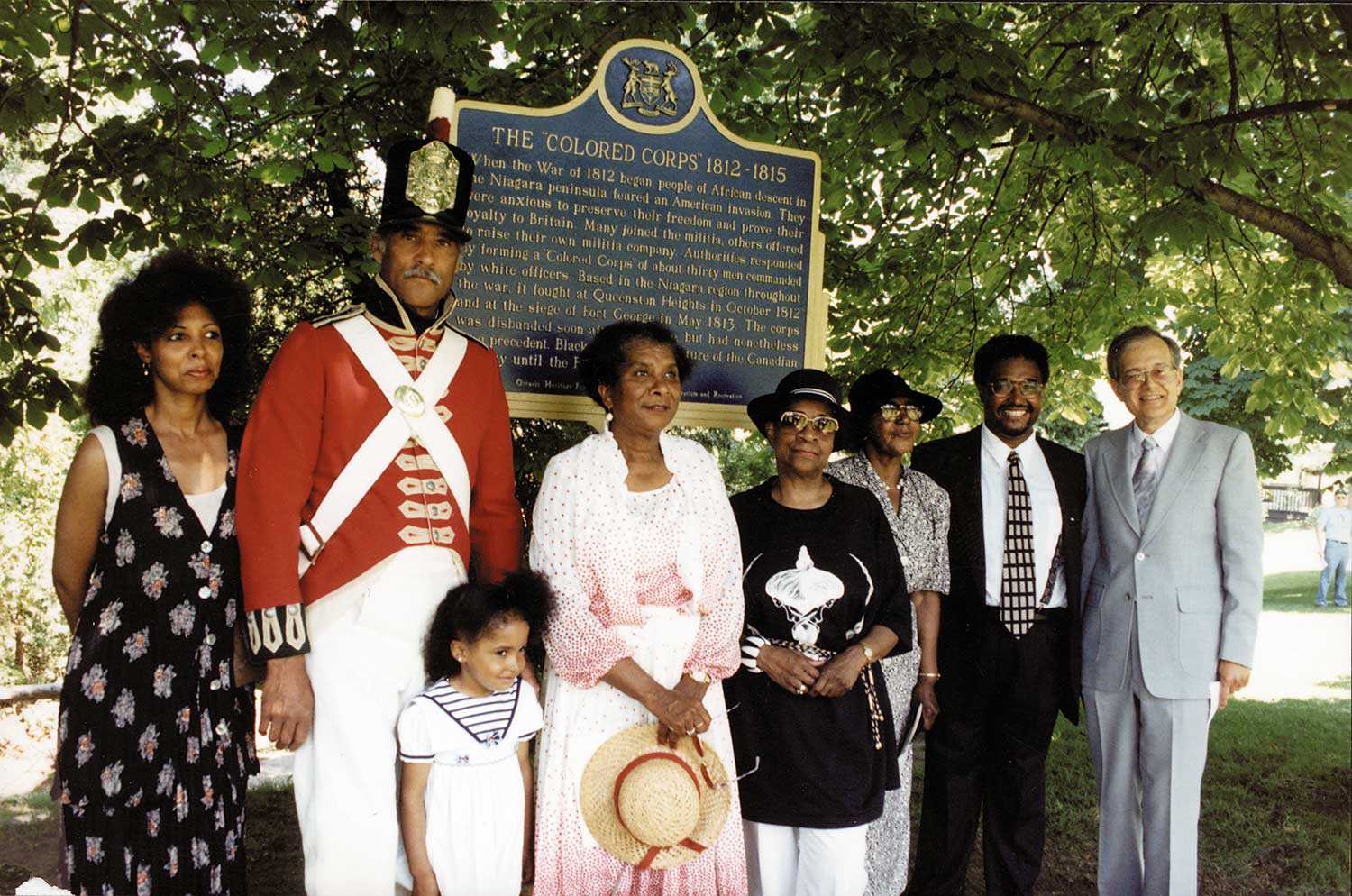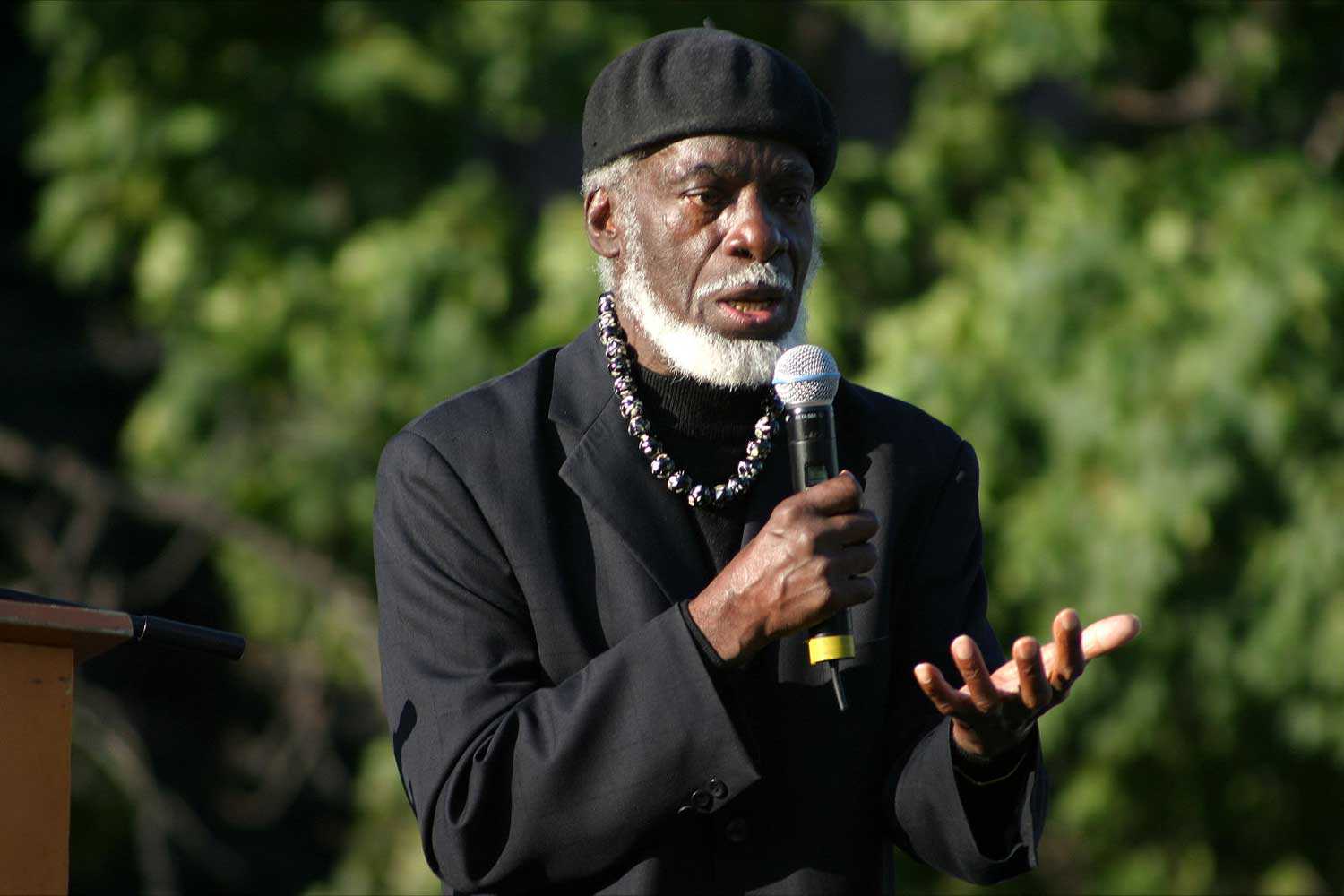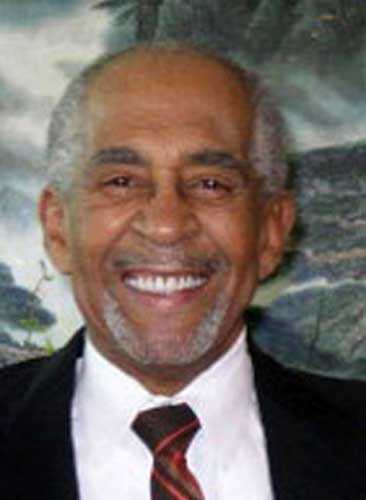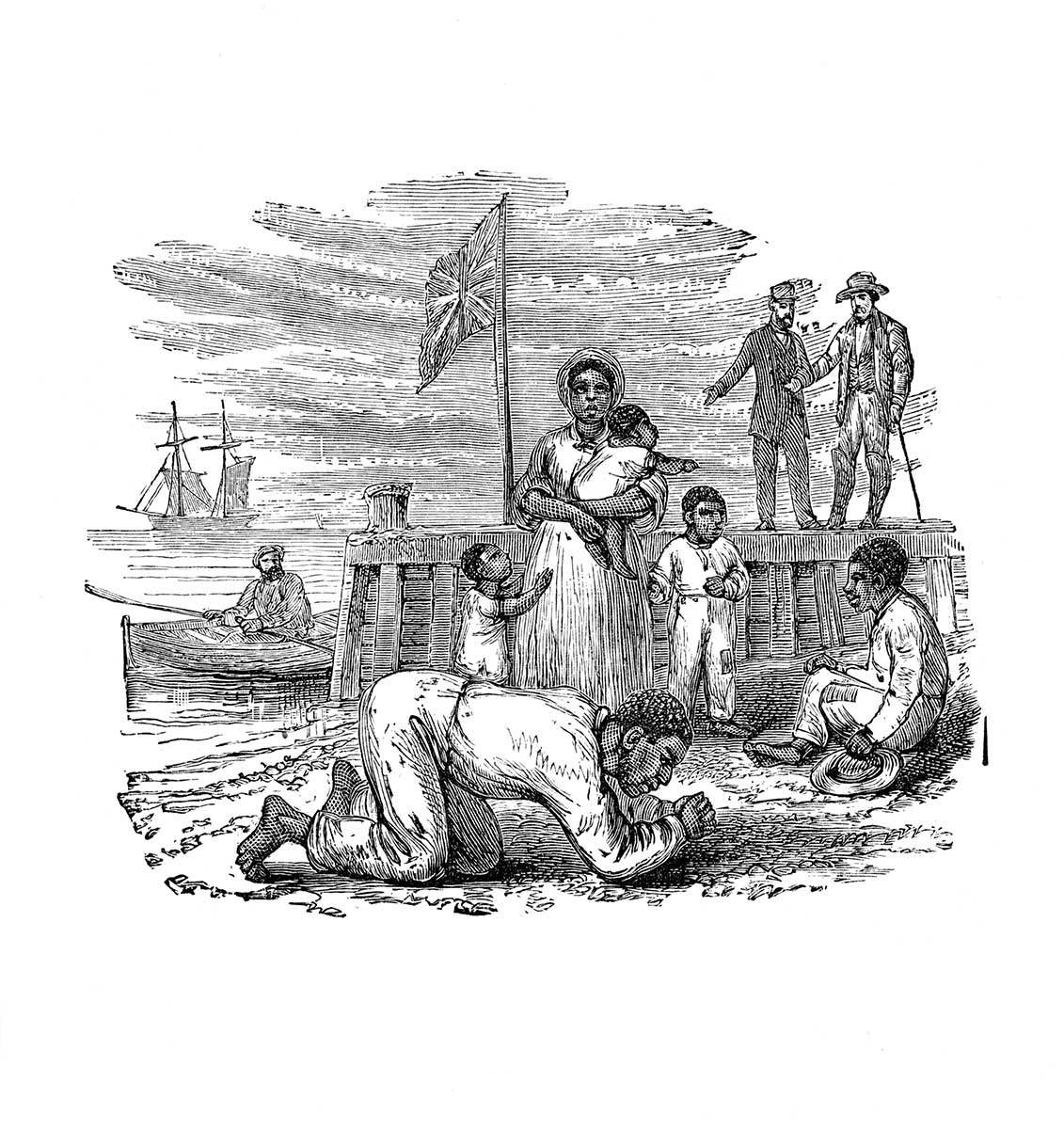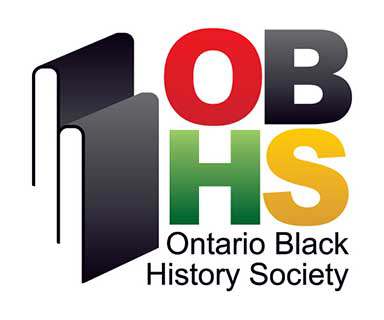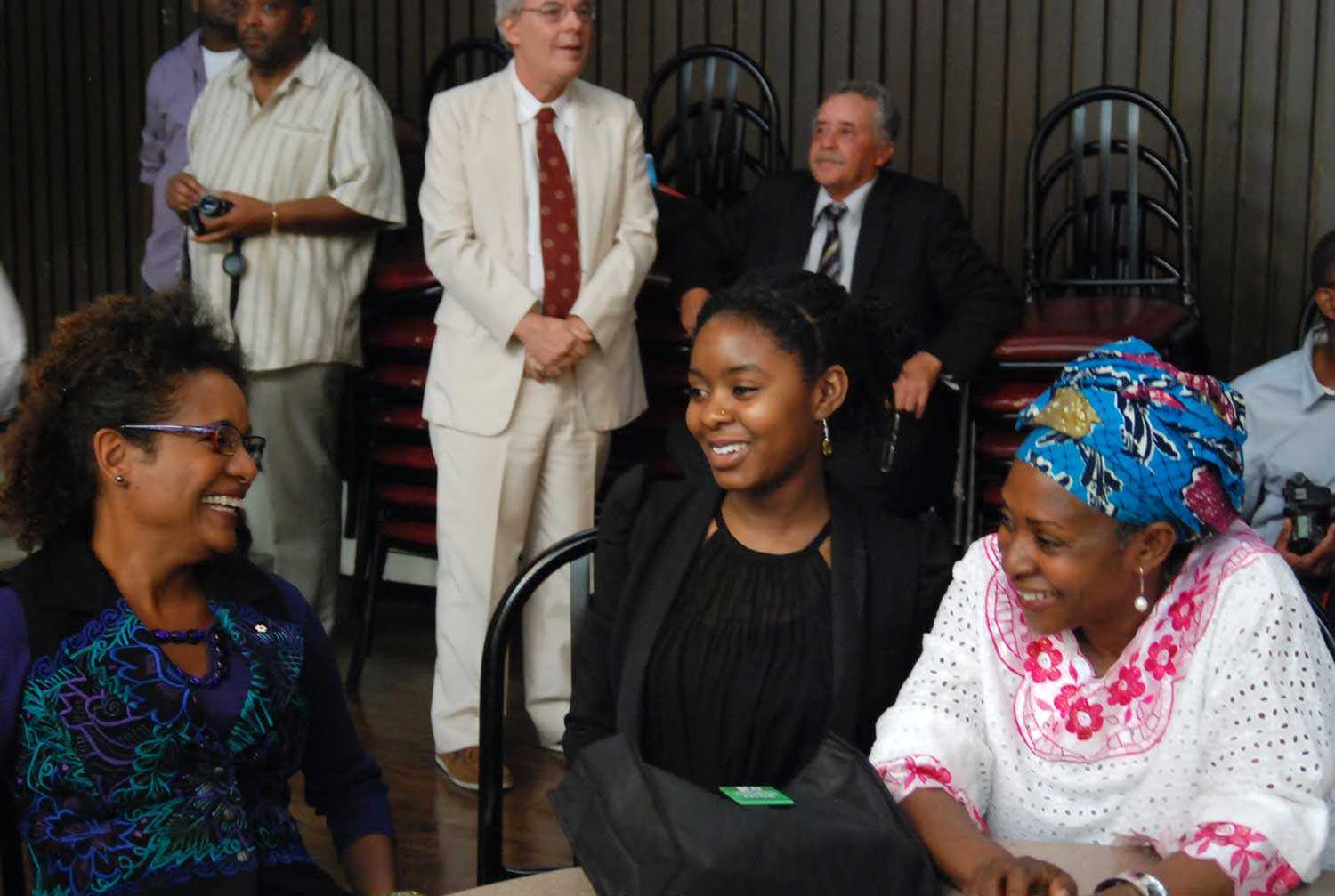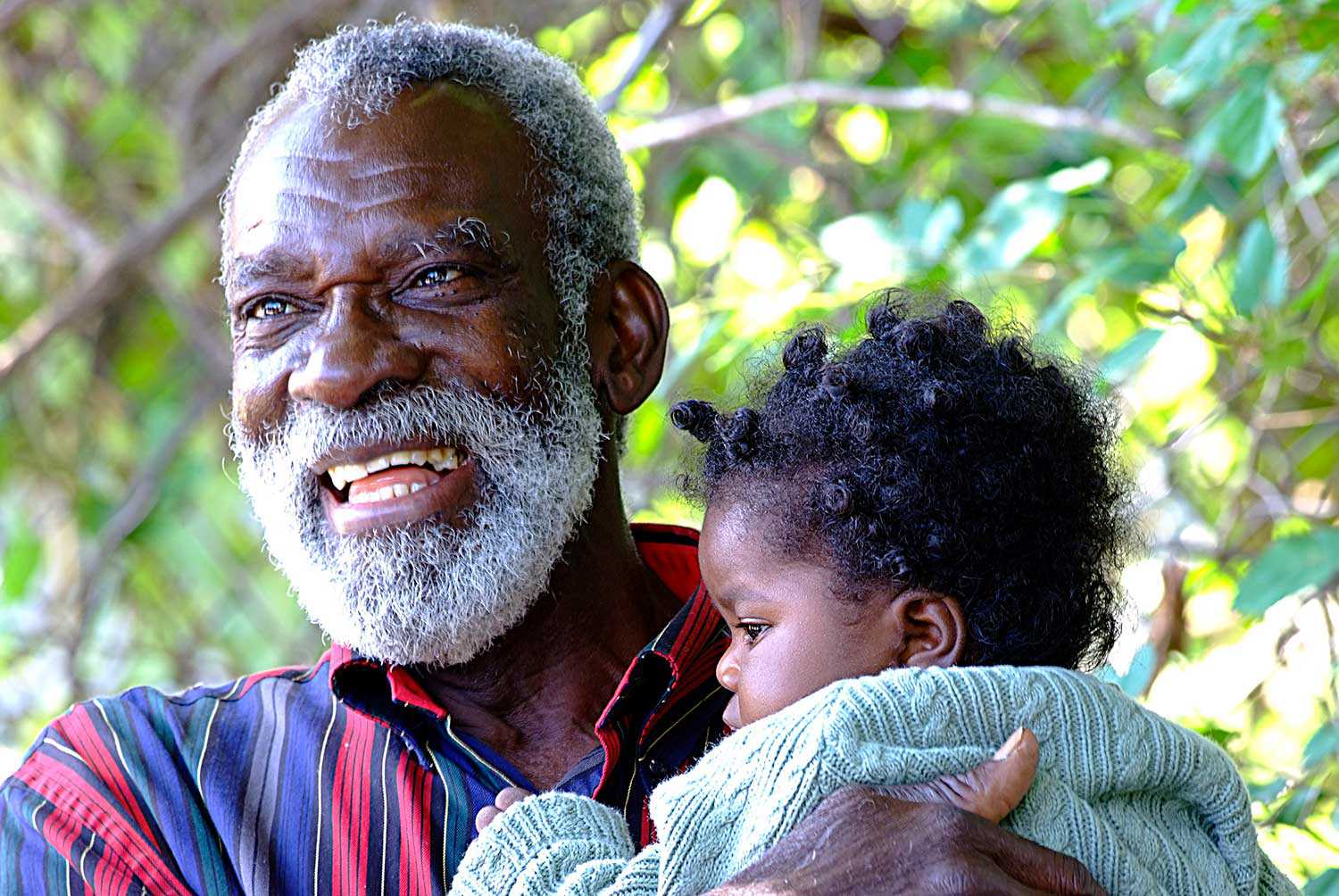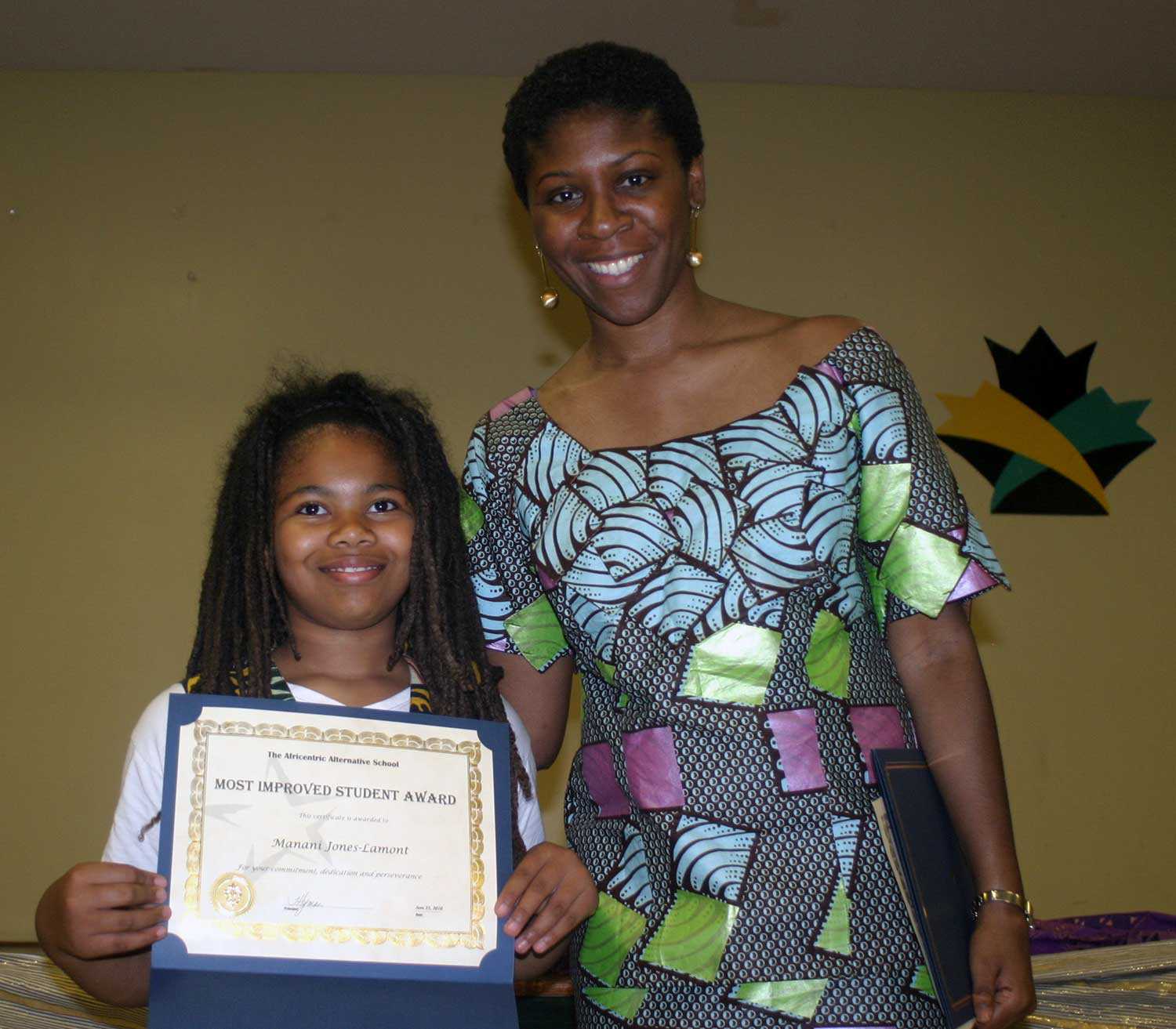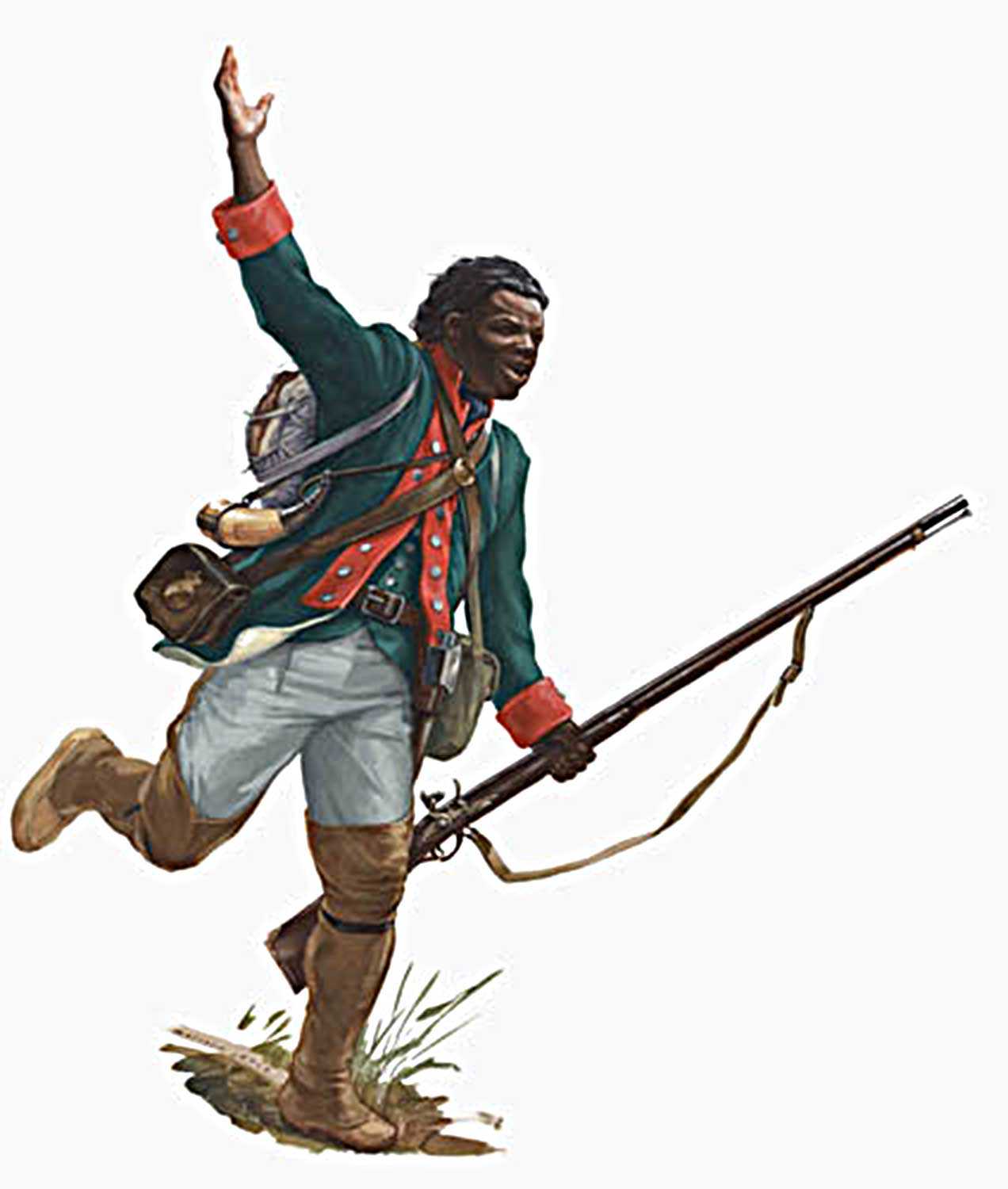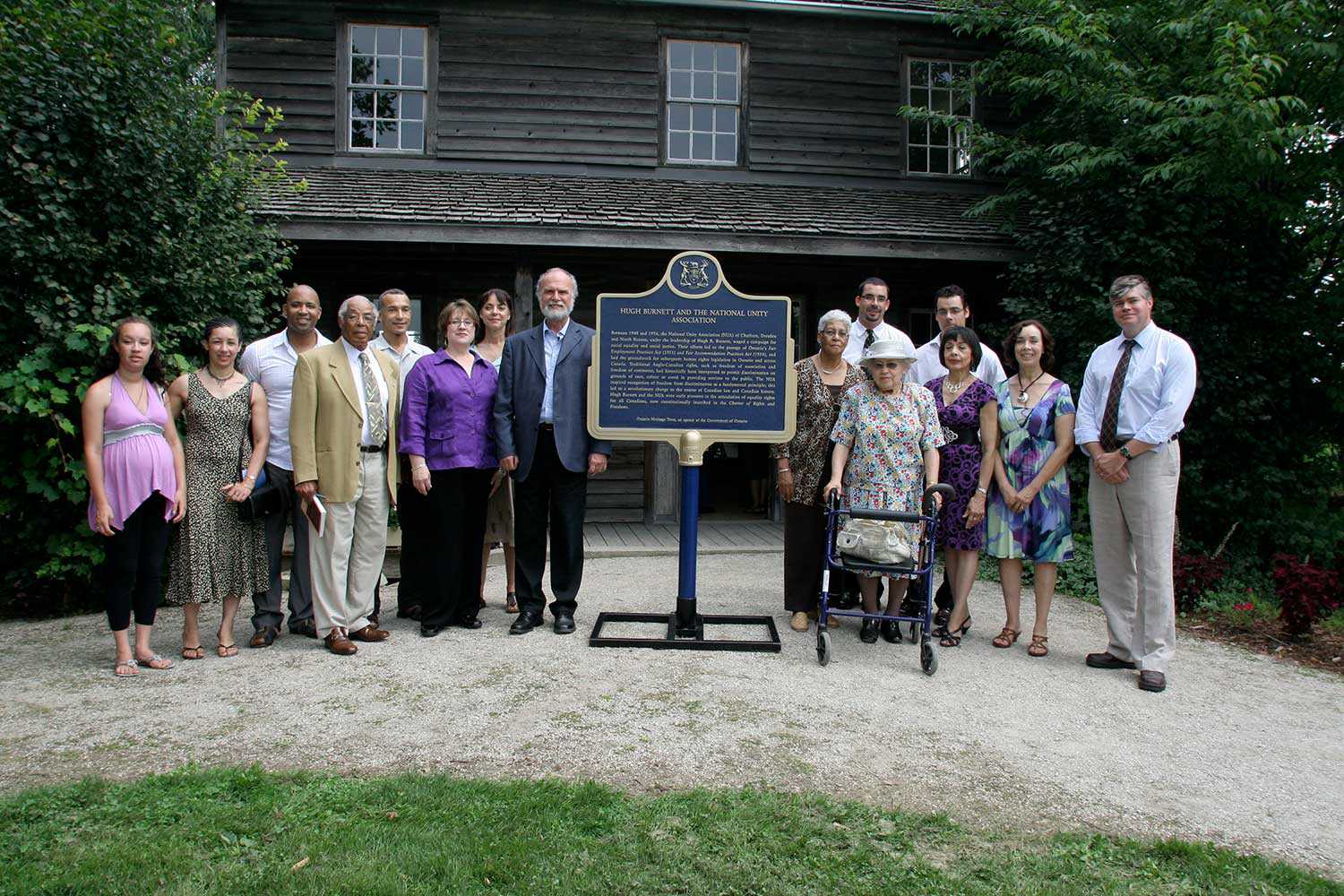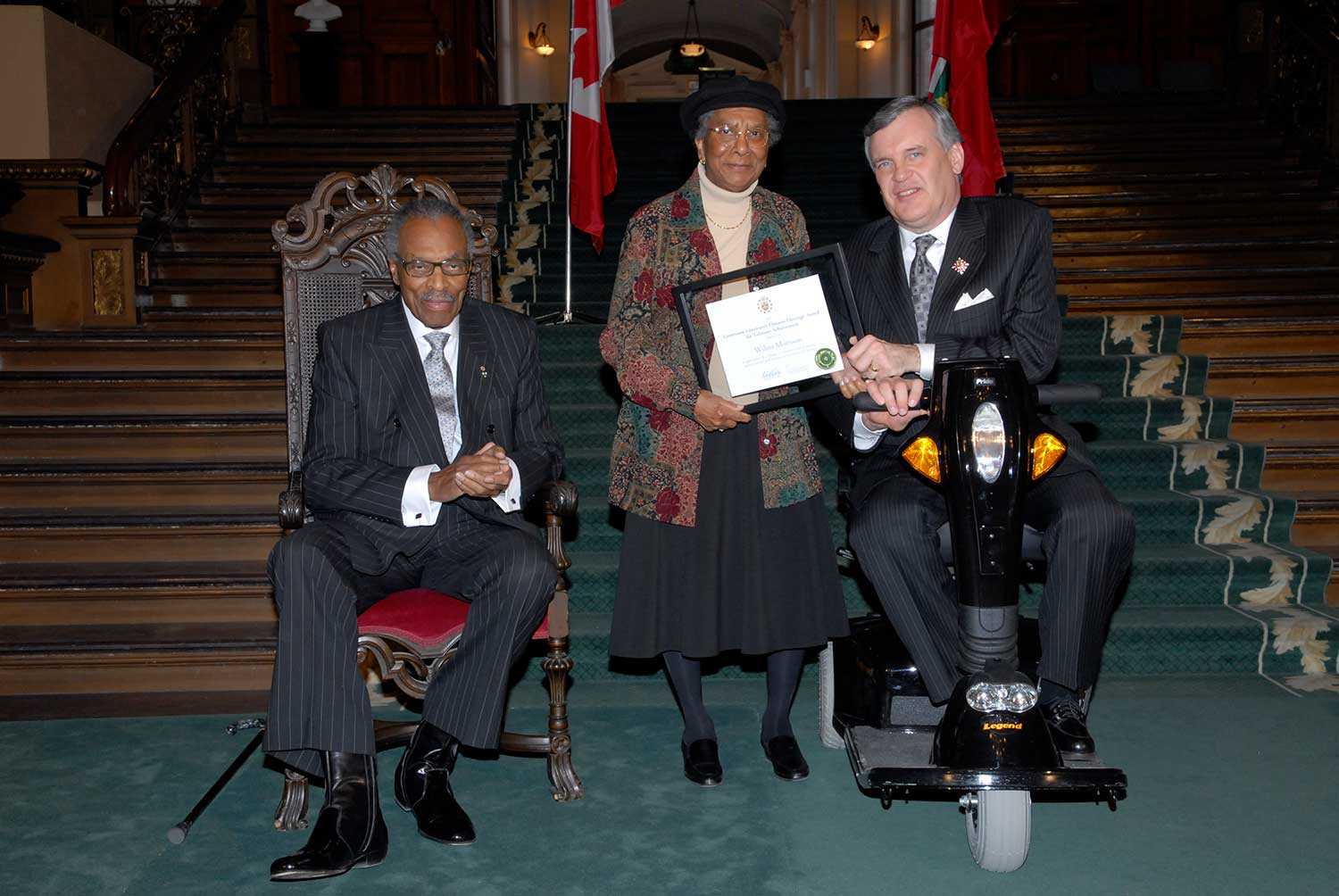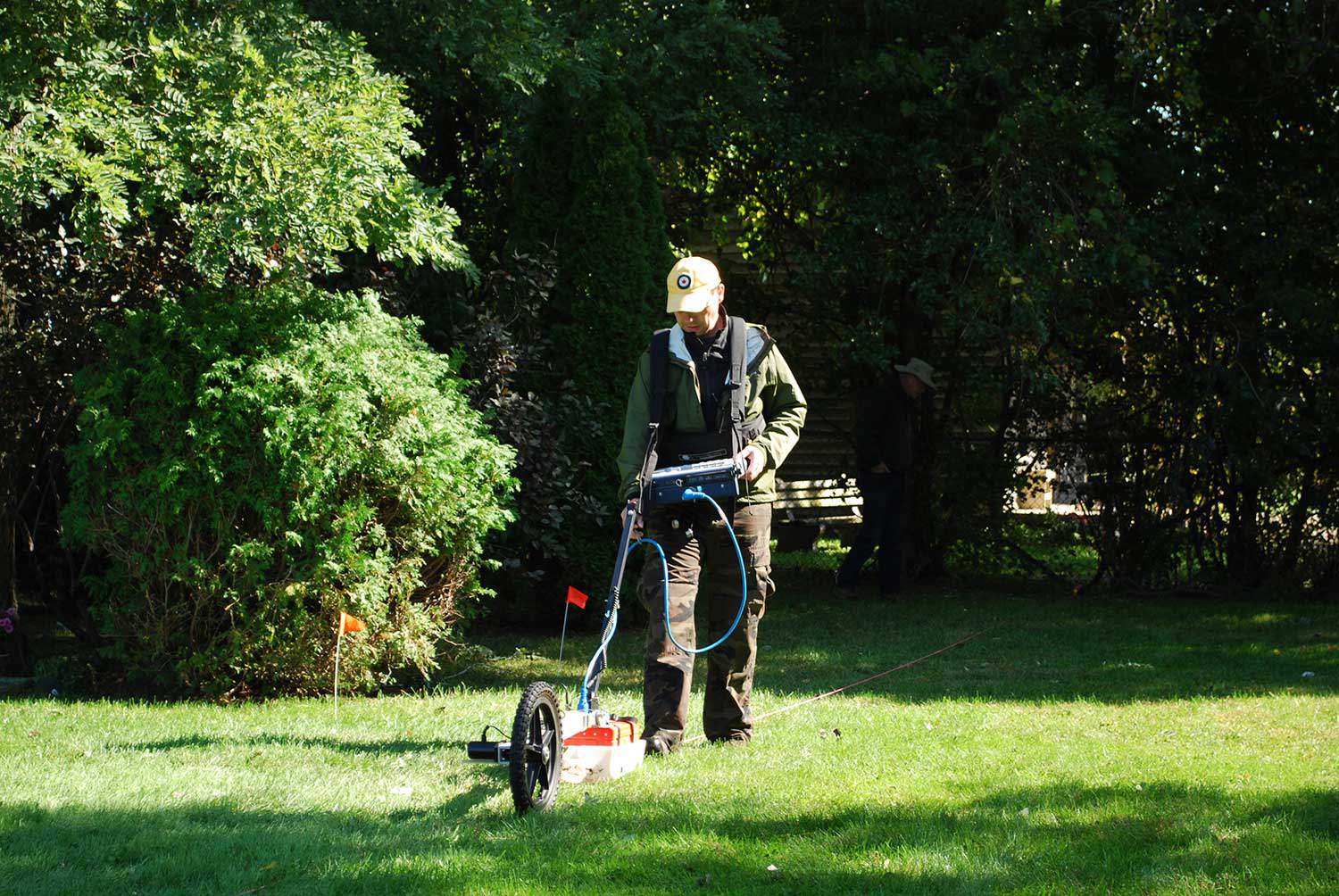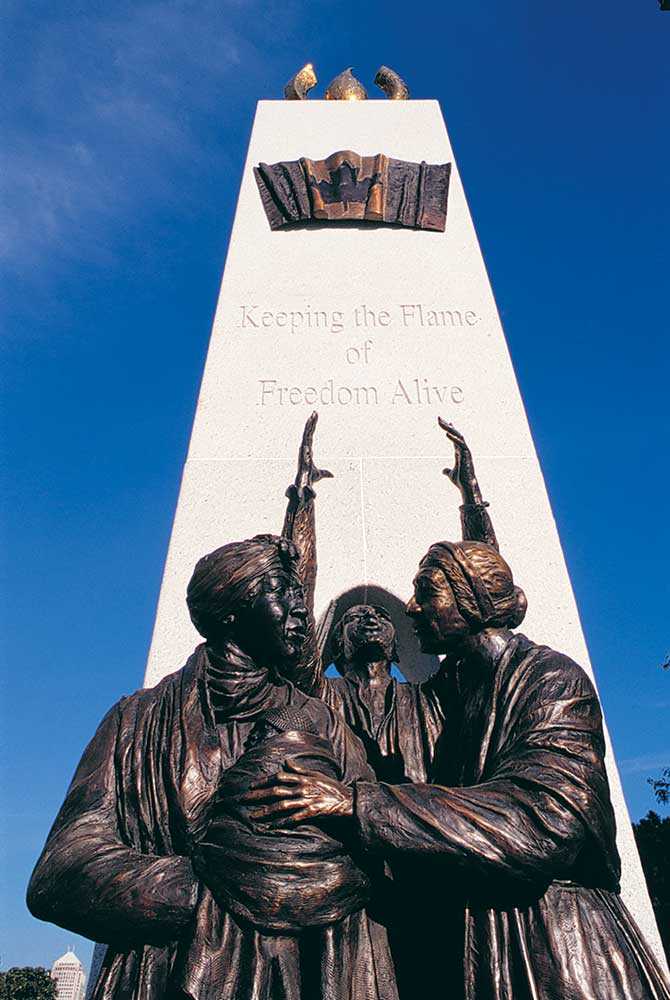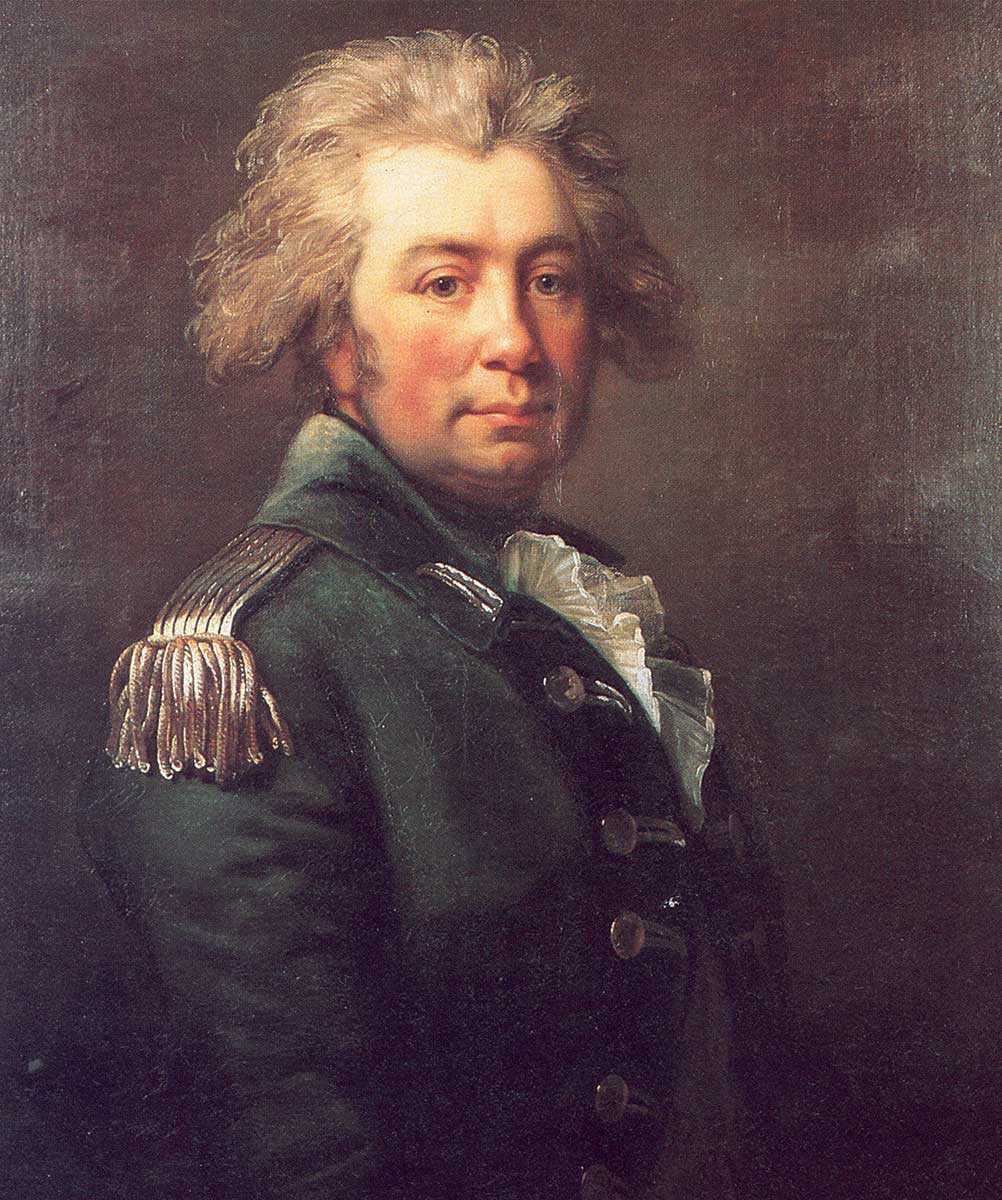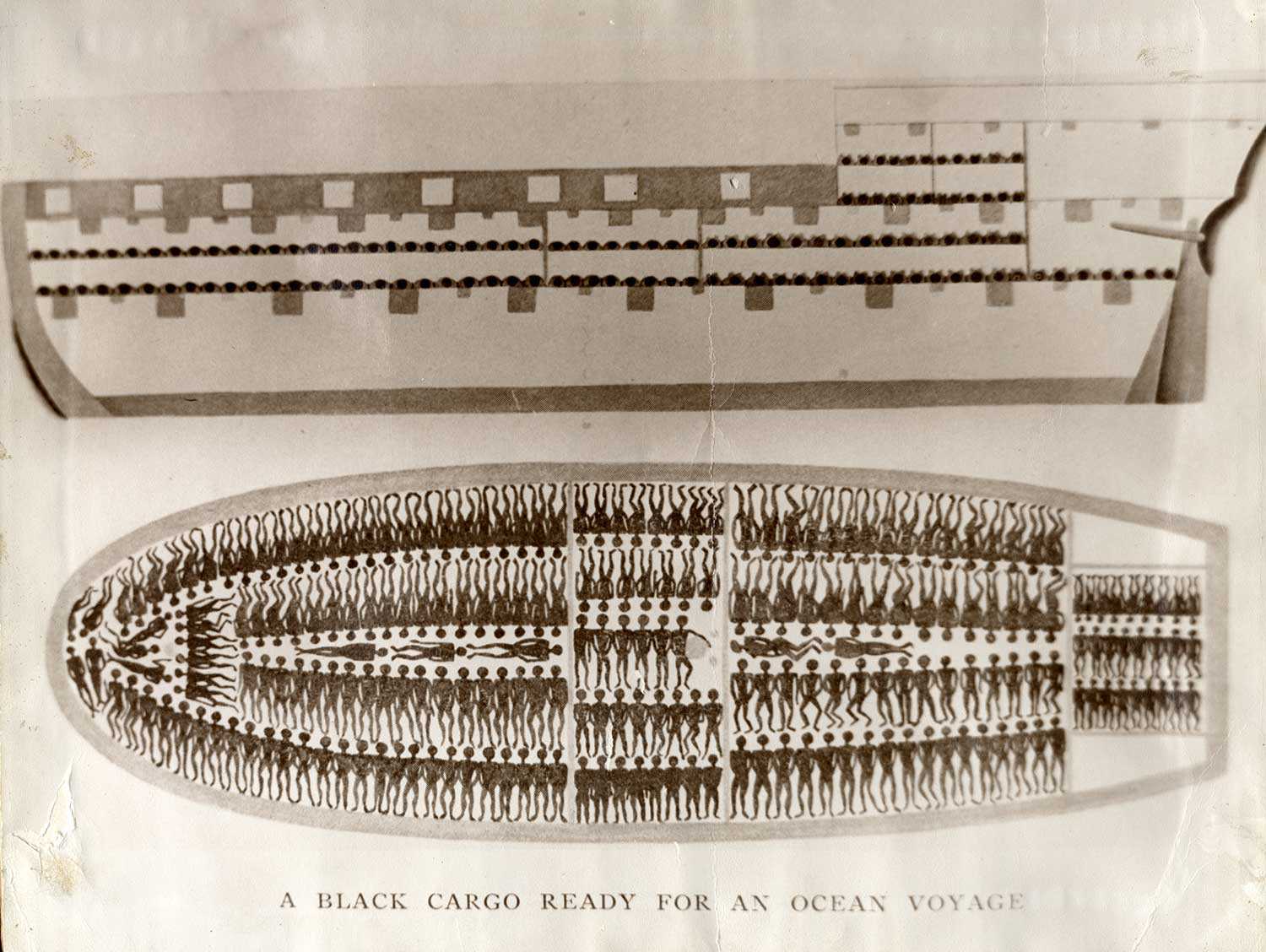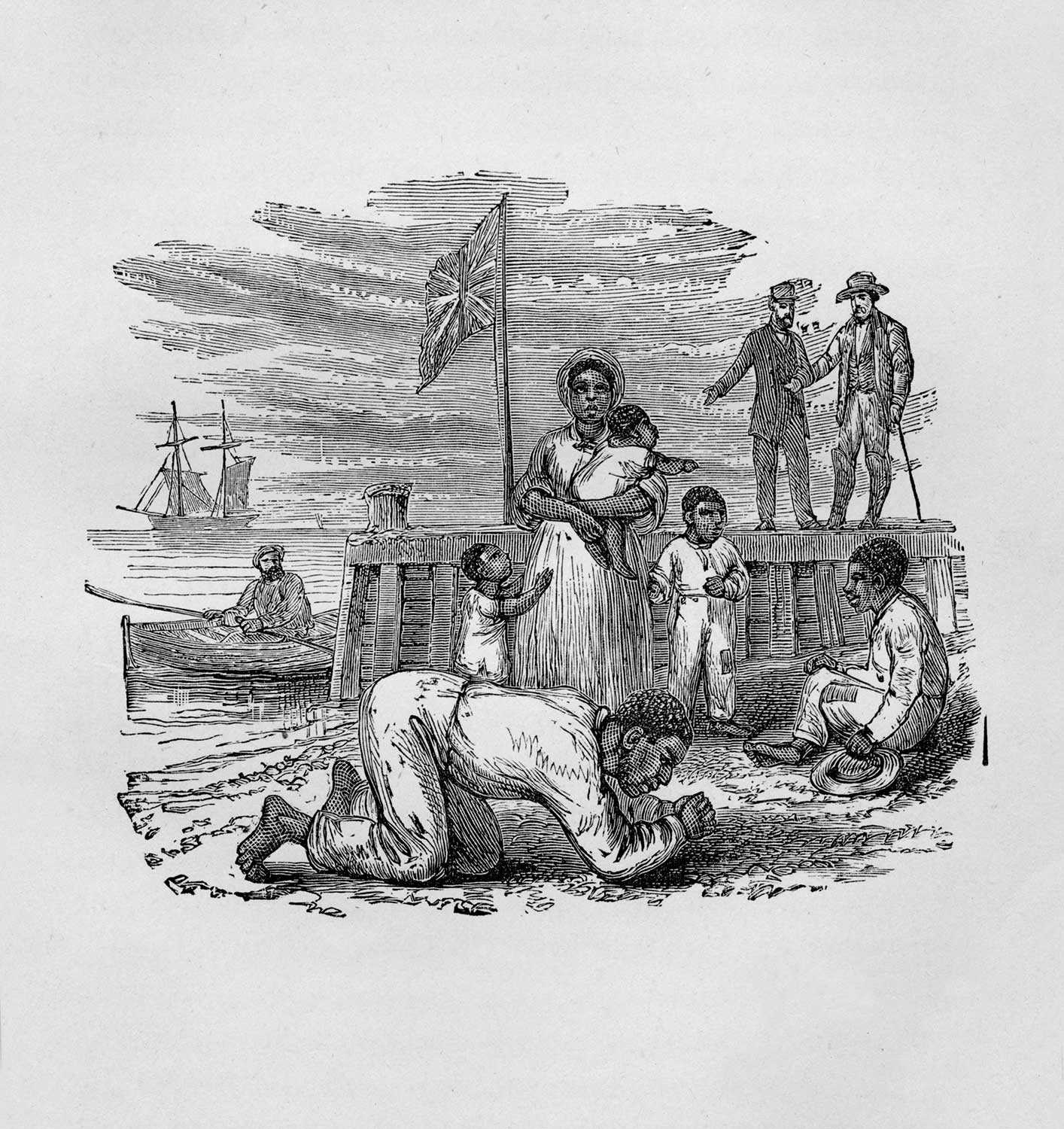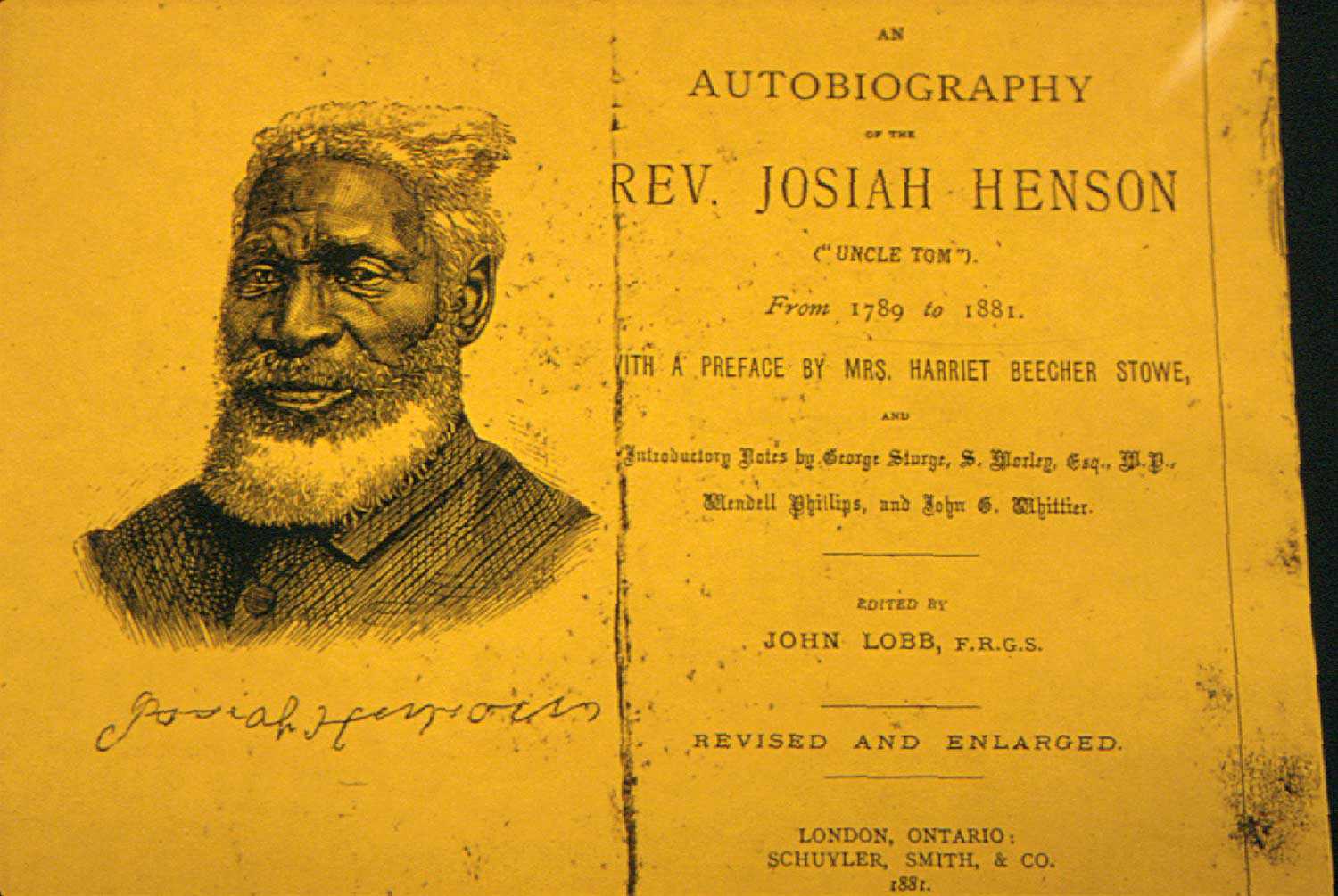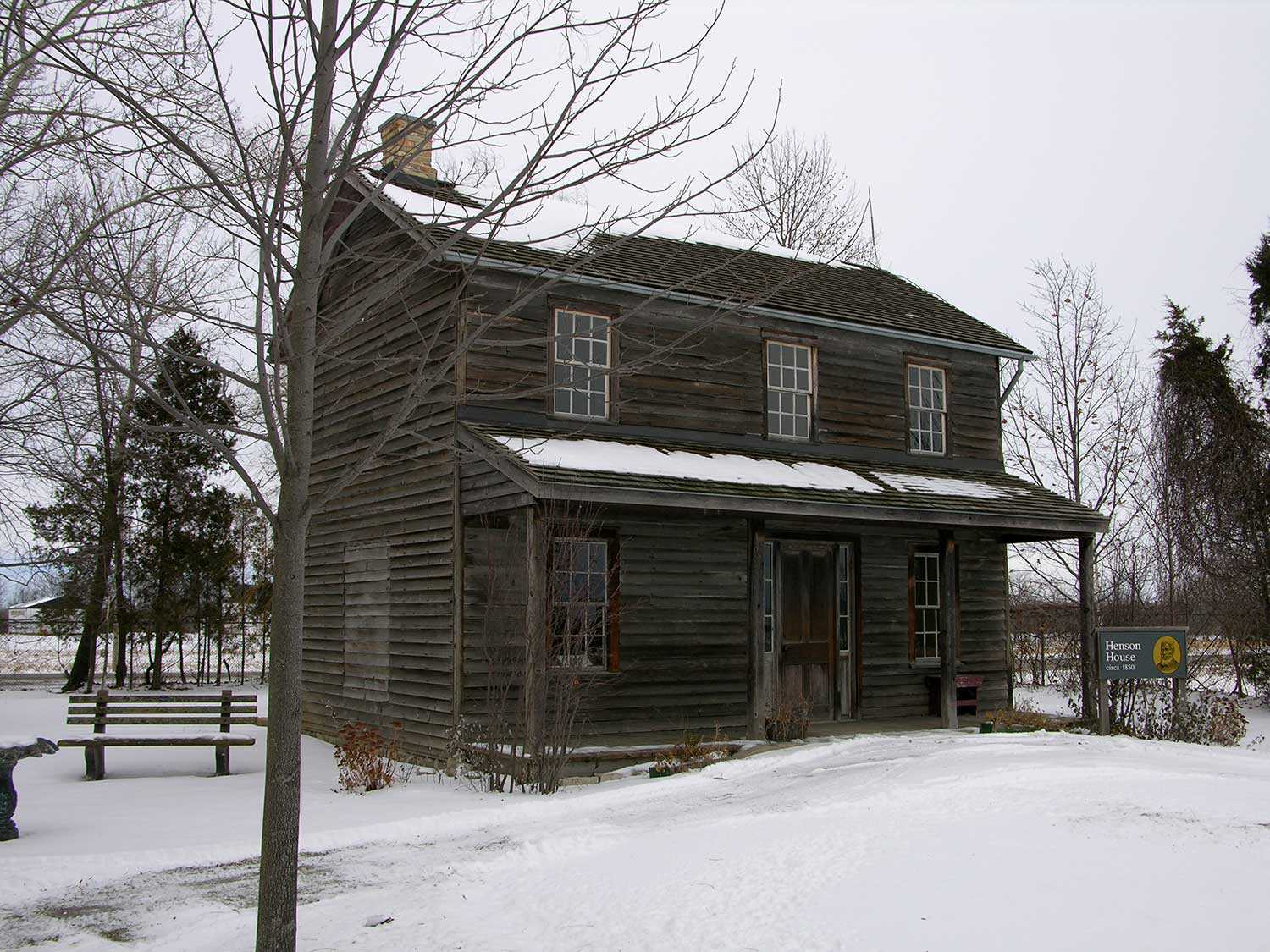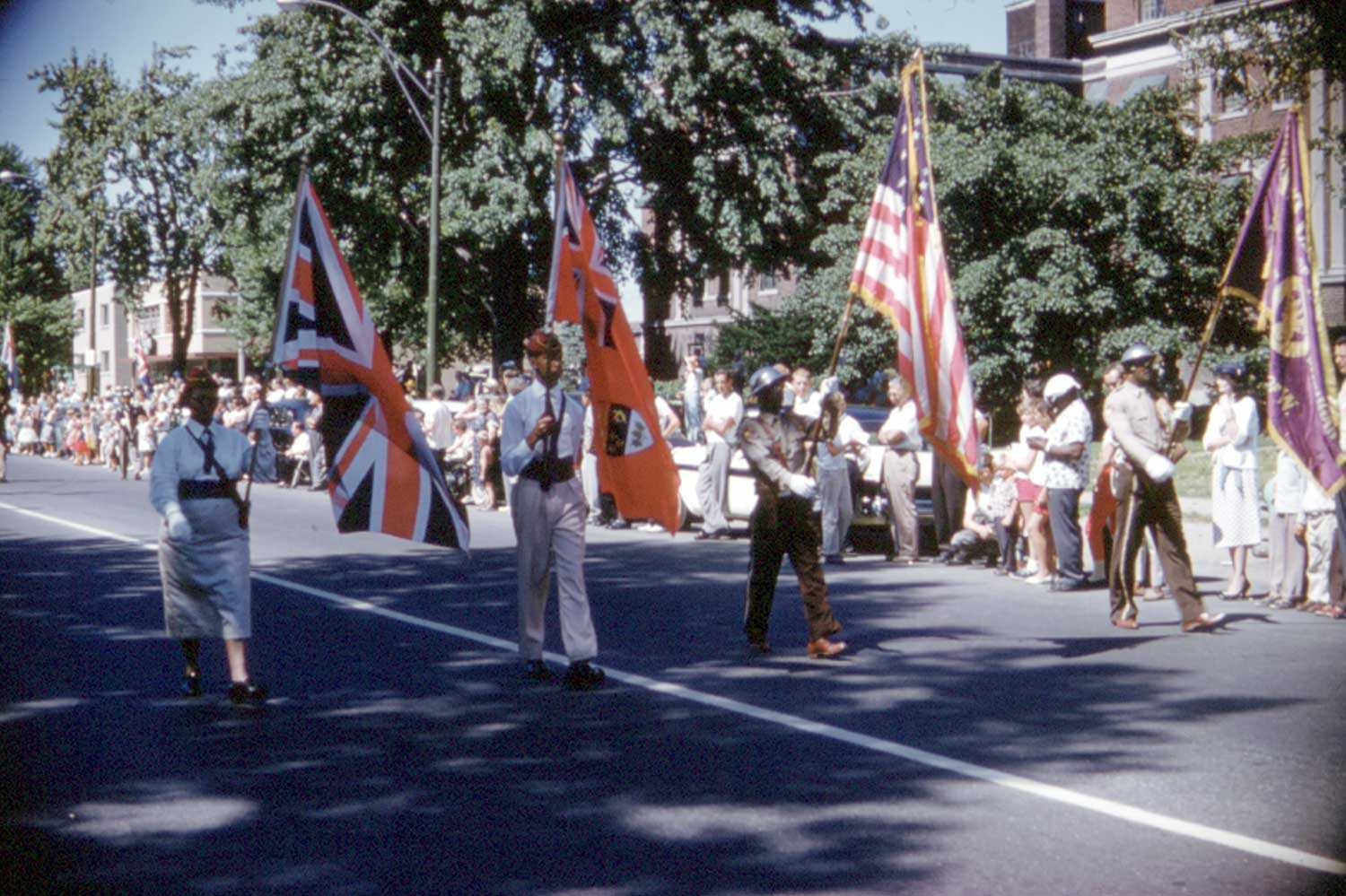

Browse by category
- Adaptive reuse
- Archaeology
- Arts and creativity
- Black heritage
- Buildings and architecture
- Communication
- Community
- Cultural landscapes
- Cultural objects
- Design
- Economics of heritage
- Environment
- Expanding the narrative
- Food
- Francophone heritage
- Indigenous heritage
- Intangible heritage
- Medical heritage
- Military heritage
- MyOntario
- Natural heritage
- Sport heritage
- Tools for conservation
- Women's heritage
Celebrating Josiah – Introducing the Josiah Henson Museum of African-Canadian History
Expanding the narrative, Black heritage
Published Date: Jul 27, 2022
Photo: Josiah Henson (Photo: Schlesinger Library, Harvard University)
“I’ll use my freedom well.” Josiah Henson made this promise to Captain Burnham, who helped him and his family in the last part of their journey. And he lived up to his promise.
Do you know Josiah’s story? Many Canadians don’t – and they should. We all should. Josiah Henson was born in 1789, held as a slave from birth. In 1830, he escaped, travelling 1,030 km (640 miles) from Kentucky with his wife Charlotte and their four children, seeking freedom in Canada. He devoted his life to establishing the Dawn Settlement at what is now Dresden in Ontario to provide a place of safety, where Black refugees from slavery could thrive and build lives based on the opportunities provided by community, education, land and personhood. He was an abolitionist, preacher, community builder and advocate. You can read his story or visit the Josiah Henson Museum of African-Canadian History.
The historical site in Dresden, part of the original Dawn Settlement, includes the Henson House. The site has been known as Uncle Tom’s Cabin since 1948 and Uncle Tom’s Cabin Historic Site since the Trust took over management of the site in 2005. Josiah’s story is connected to the anti-slavery novel Uncle Tom’s Cabin by Harriet Beecher Stowe, which was published in 1852. When her novel was attacked by pro-slavery forces in the United States, she defended its veracity, noting that she had drawn from the life of Josiah Henson as told in his 1849 published memoirs. And he became internationally famous as “Uncle Tom.” In spite of, or perhaps because of the controversy, Beecher Stowe’s novel had a lasting impact on American history, influenced public opinion about slaveholding, and is referenced by some as the spark that started the Civil War. By the end of its first year in print, the book had sold over 300,000 copies in the United States alone, going on to become the best-selling novel of the 19th century. It has been translated into dozens of languages.
Title-page illustration by Hammatt Billings for Uncle Tom's Cabin, by Harriet Beecher Stowe (First Edition: Boston: John P. Jewett and Company, 1852).
Reverend Josiah Henson was a remarkable leader who embodied bravery and perseverance. After gaining his freedom, he spent his life empowering and uplifting his community. He had travelled the Underground Railroad, bravely risking his freedom to deliver over 100 enslaved people to freedom, long before the publication of the novel Uncle Tom’s Cabin. He had published his memoirs, secretly passed around abolitionist circles, and put Canada on the map as a safe refuge for freedom seekers – years before the character of “Tom” came out in print. And the British-American Institute of Science and Industry – a school for refugees from slavery with lofty goals – was co-founded by Josiah Henson and had been in operation for nearly 10 years before Beecher Stowe had put pen to paper in the development of her novel. Josiah Henson was a remarkable individual with an impressive resumé of accomplishments. And while Uncle Tom may have lived on the pages of the novel, Josiah Henson lived at the Dawn Settlement. Unfortunately, his real-life story and achievements were overshadowed by the fictional Uncle Tom’s Cabin. During his lifetime, Henson expressed a desire to reclaim his name and legacy.
In his 1876 book, “Uncle Tom’s Story of his Life”: An Autobiography of the Rev. Josiah Henson, Henson says: “… I have been called ‘Uncle Tom,’ and I feel proud of the title. If my humble words in any way inspired that gifted lady to write such a plaintive story that the whole community has been touched with pity for her sufferings of the poor slave, I have not lived in vain; for I believe that her book was the beginning of the glorious end. It was a wedge that finally rent asunder that gigantic fabric with a fearful crash.” Later in his life, Henson toured England and Scotland, promoted as the “real Uncle Tom.” And at the end of that tour, he said: “… my name is not Tom, and never was Tom … My name is Josiah Henson, always was, and always will be …”
Why change the name of Uncle Tom’s Cabin Historic Site? When Beecher Stowe created Uncle Tom’s Cabin, she intended to show the harsh realities of slavery and portrayed Uncle Tom as a man of principle who protected other enslaved people. But this intention was corrupted by racist anti-Tom minstrel shows that turned the character into comic relief, which is why the term is now used in a derogatory way.
Words have impact, and the pro-slavery movement twisted Beecher Stowe’s character and created minstrel shows that belittled Tom, making him out to be subservient, weak, a “sell-out.” That meaning took hold, furthered by theatre, advertising and Hollywood, so that still today the term “Uncle Tom” is used as a derogatory one. And so, for several years, the Trust has been working on renaming the site. Words have impact and we didn’t want the name of the site to cause hurt or to form a barrier to participation, to education. We’re continuing to correct the myth behind “Uncle Tom,” and will use this as a teaching tool to talk about anti-Black racism and the challenges that Black people are still facing today. And we extend our apologies for any hurt or harm that we may have caused by keeping the name.
We are taking back Josiah’s name and celebrating the determination, strength, humanity and resilience of Josiah Henson.
This is part of a broader discussion of how we expand the historical narrative. Our understanding of Ontario’s heritage has broadened through new research, including the evolution of terminology and the valuing of perspectives that have been overlooked or omitted in the past. We’ve looked closely at the importance of language in the work we do. A detailed review of our properties and provincial plaques confirmed that a number contain content that is outdated, incomplete and inaccurate, focus on colonial perspectives, with language that is inappropriate, which excludes whole segments of our history. We are looking closely at whose story is being told – considering Indigenous Nations, people of colour, gender and the economically disenfranchised and others whose stories have been overlooked or intentionally omitted from the “authorized” discussion. We have a lot of work yet to do to tell Ontario’s stories in ways that are equitable and honest in the telling.
We recently revisited four Black history plaques, created earlier in the Trust’s mandate. Working with historians, we’ve updated the research, dug into the real stories and re-created the plaques. You can learn about them here. We’re doing similar work across all of our public programs, our sites and collections, checking the facts and paying attention to the language.
And so, on Emancipation Day 2022, we unveiled the site’s new name. A new name and a bigger vision: the Josiah Henson Museum of African-Canadian History. Let’s all be inspired by Josiah’s story and use our freedom well.

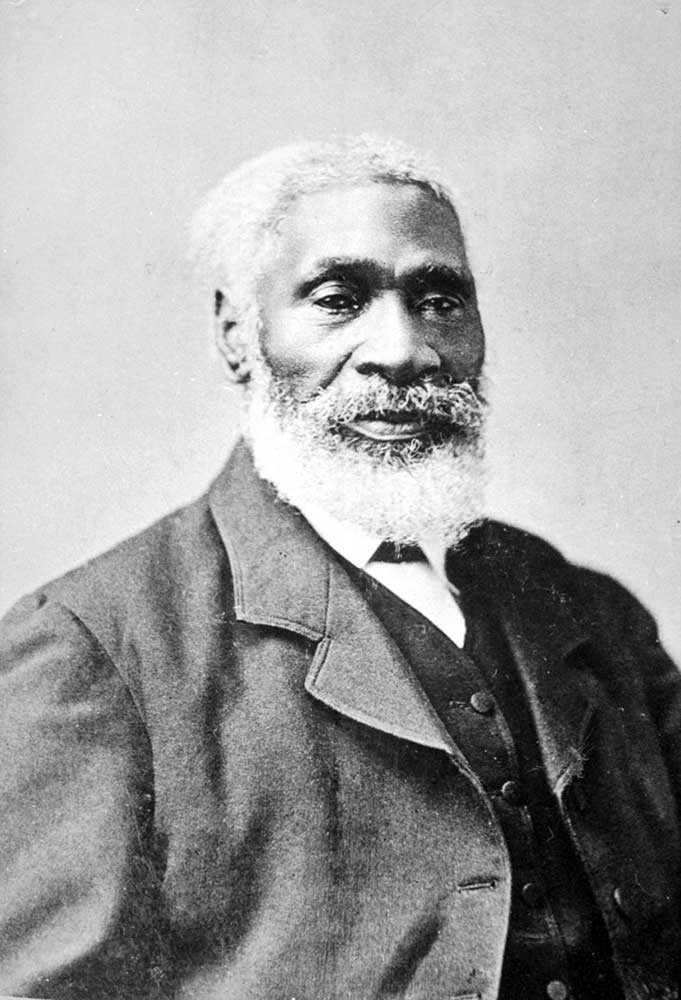
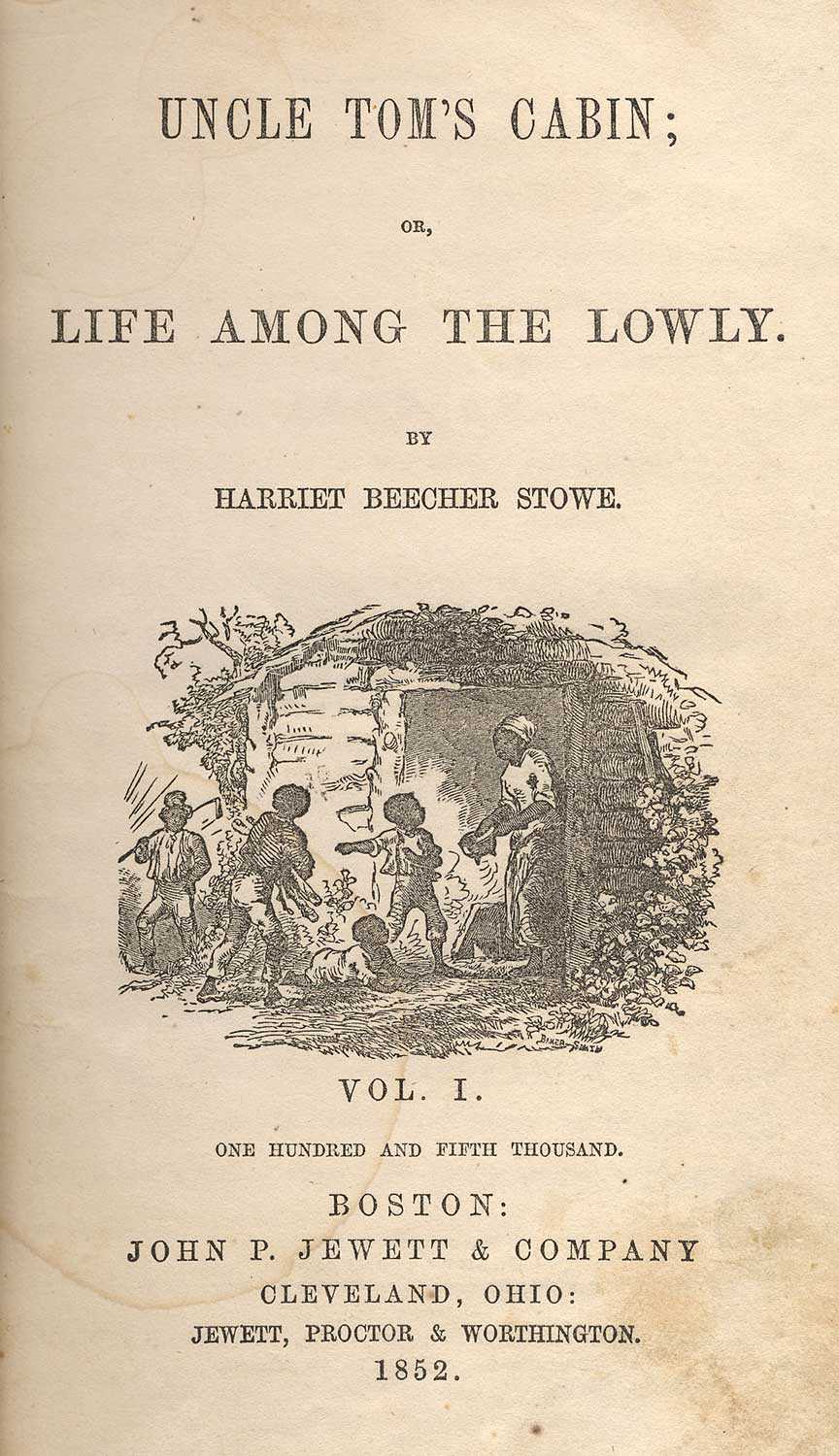
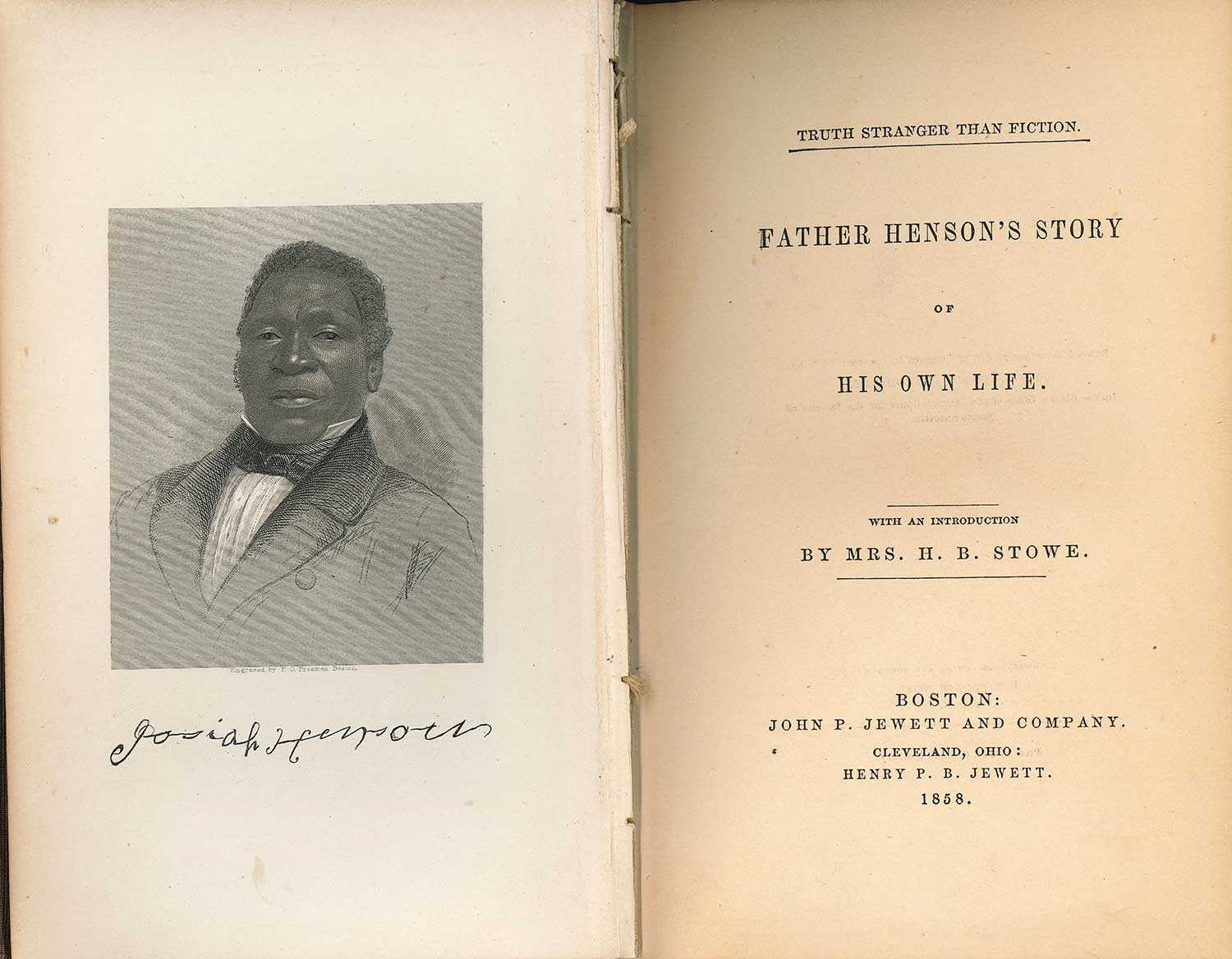
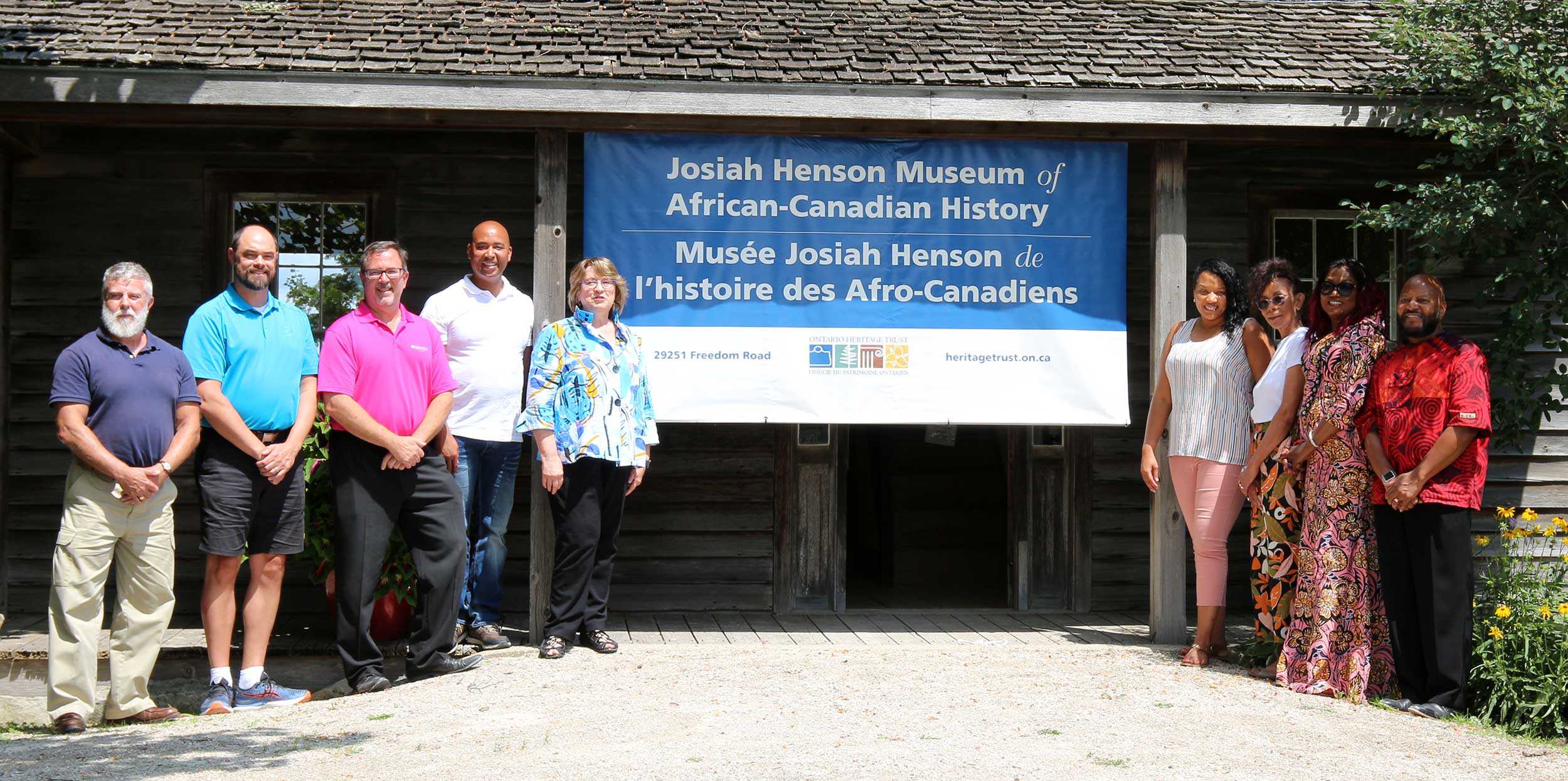
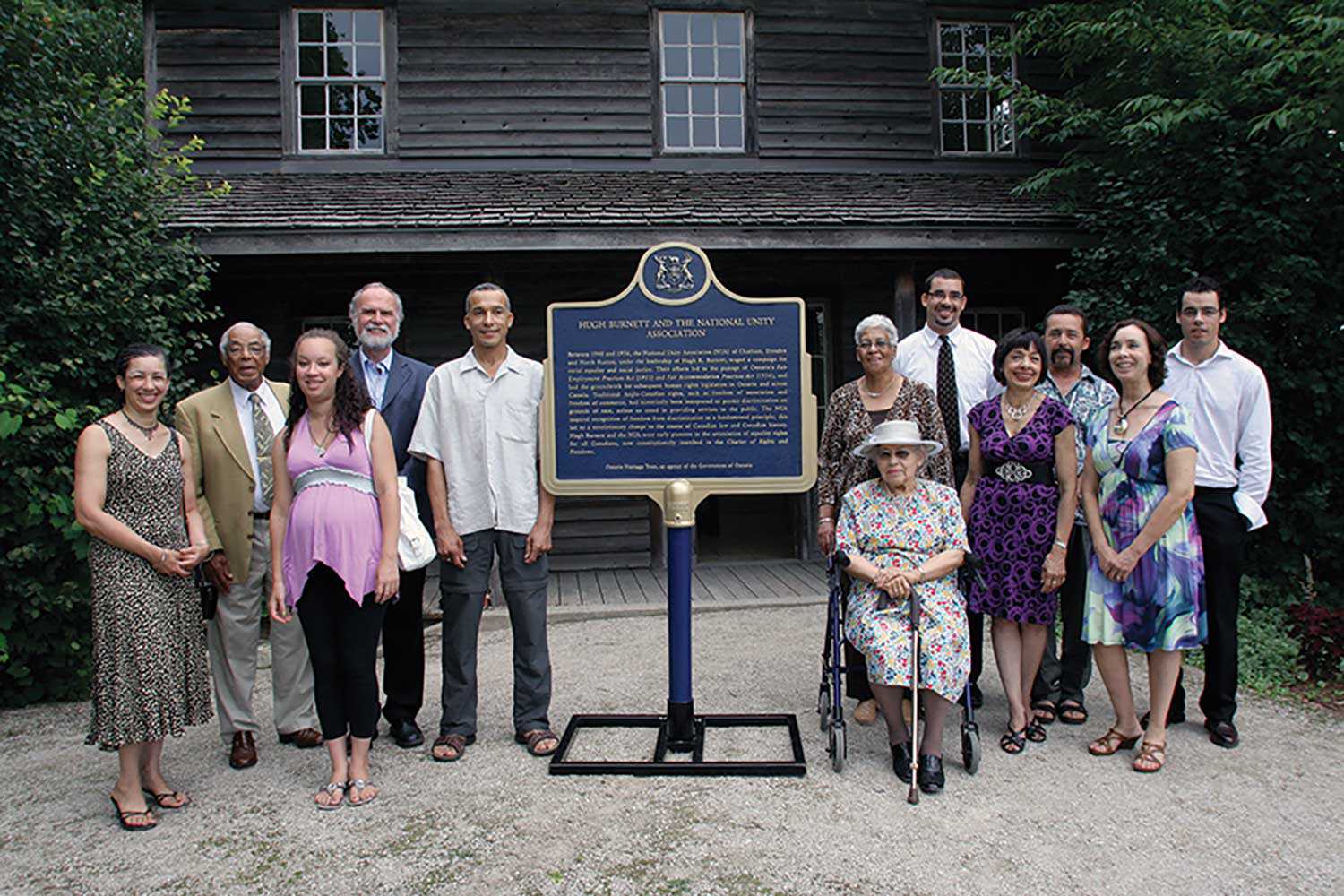
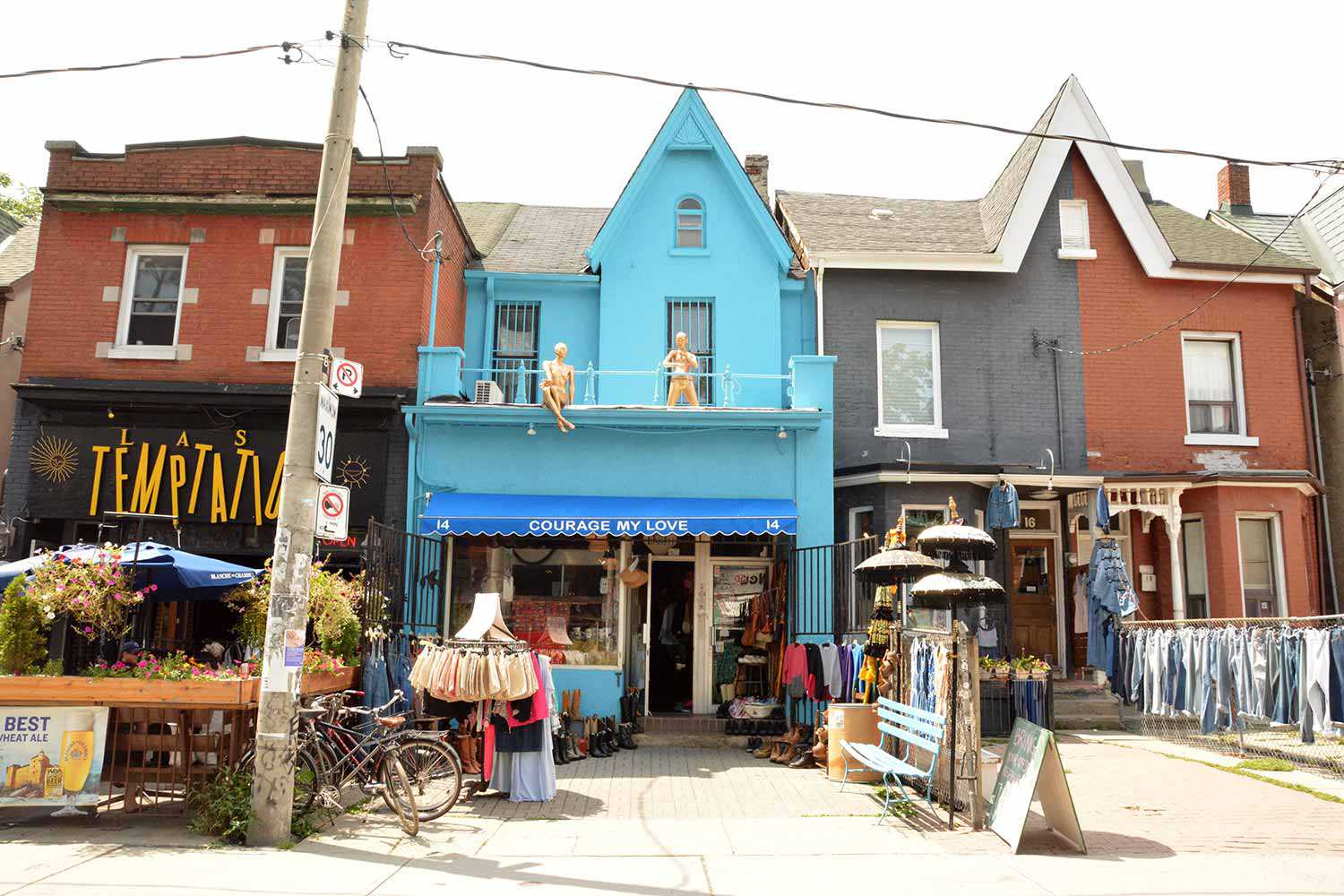
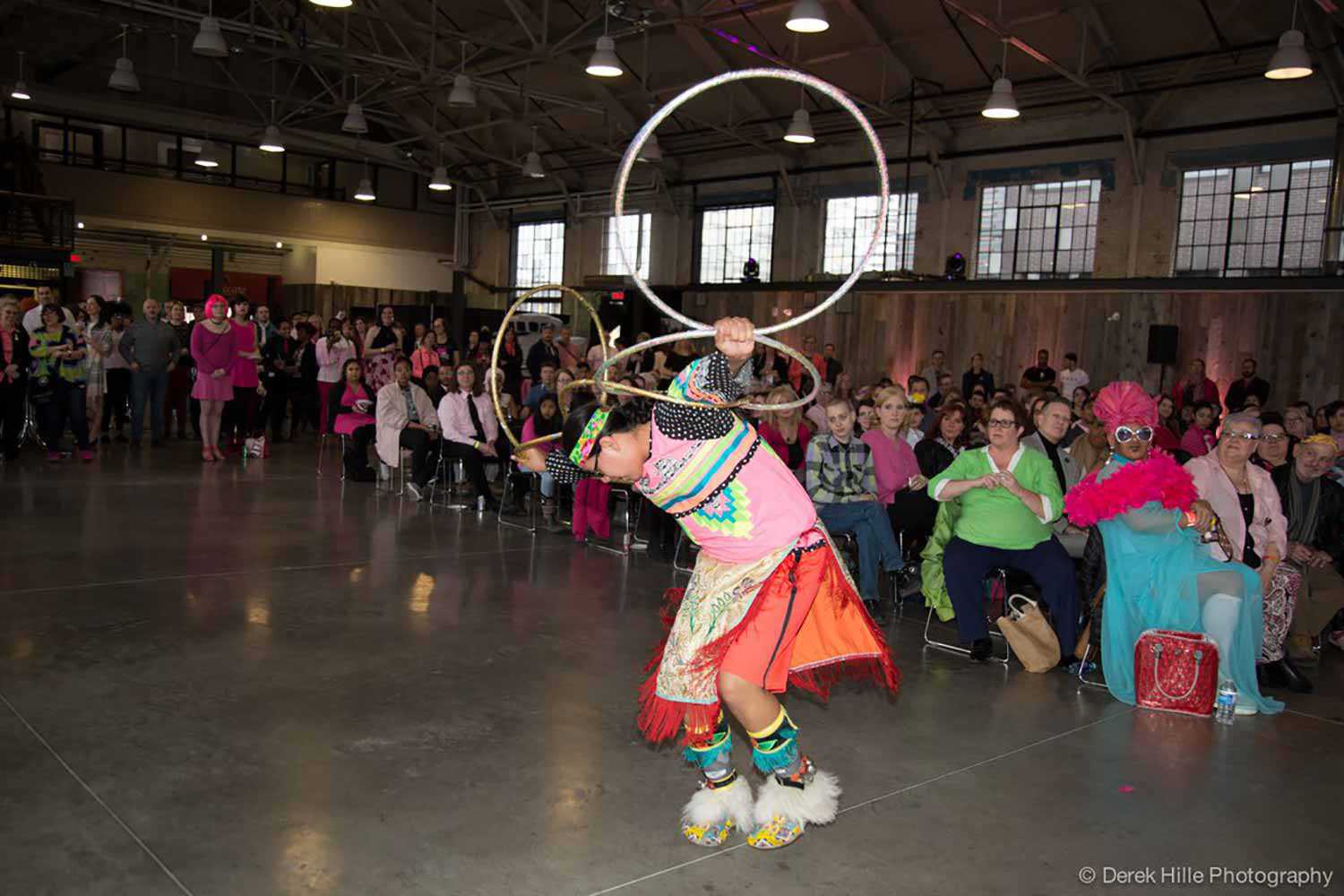
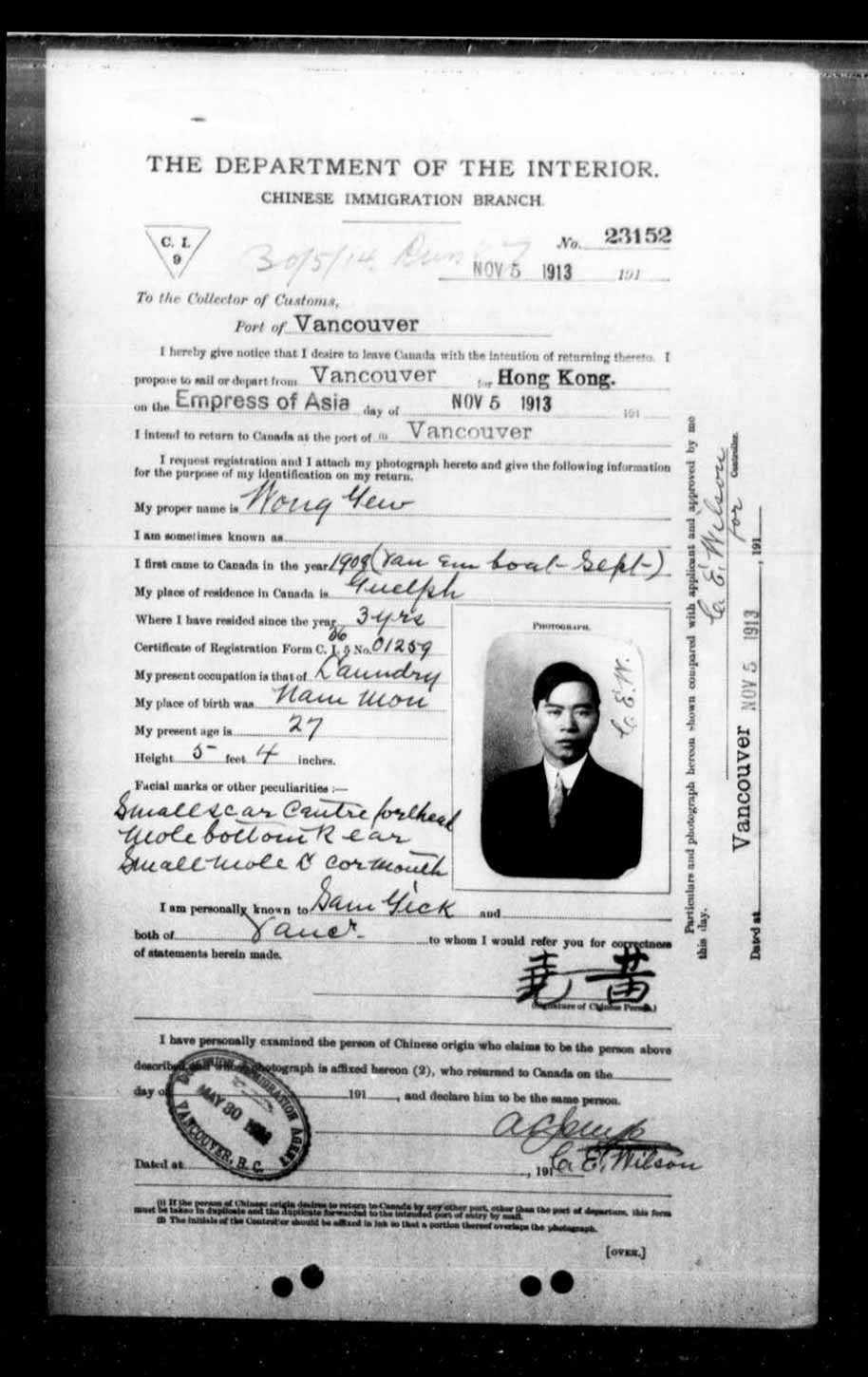
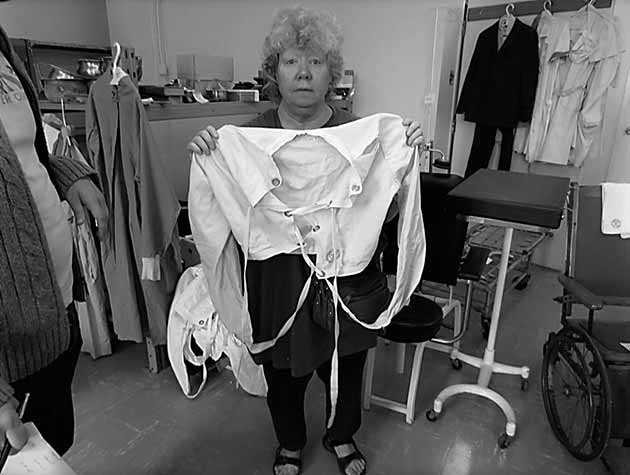
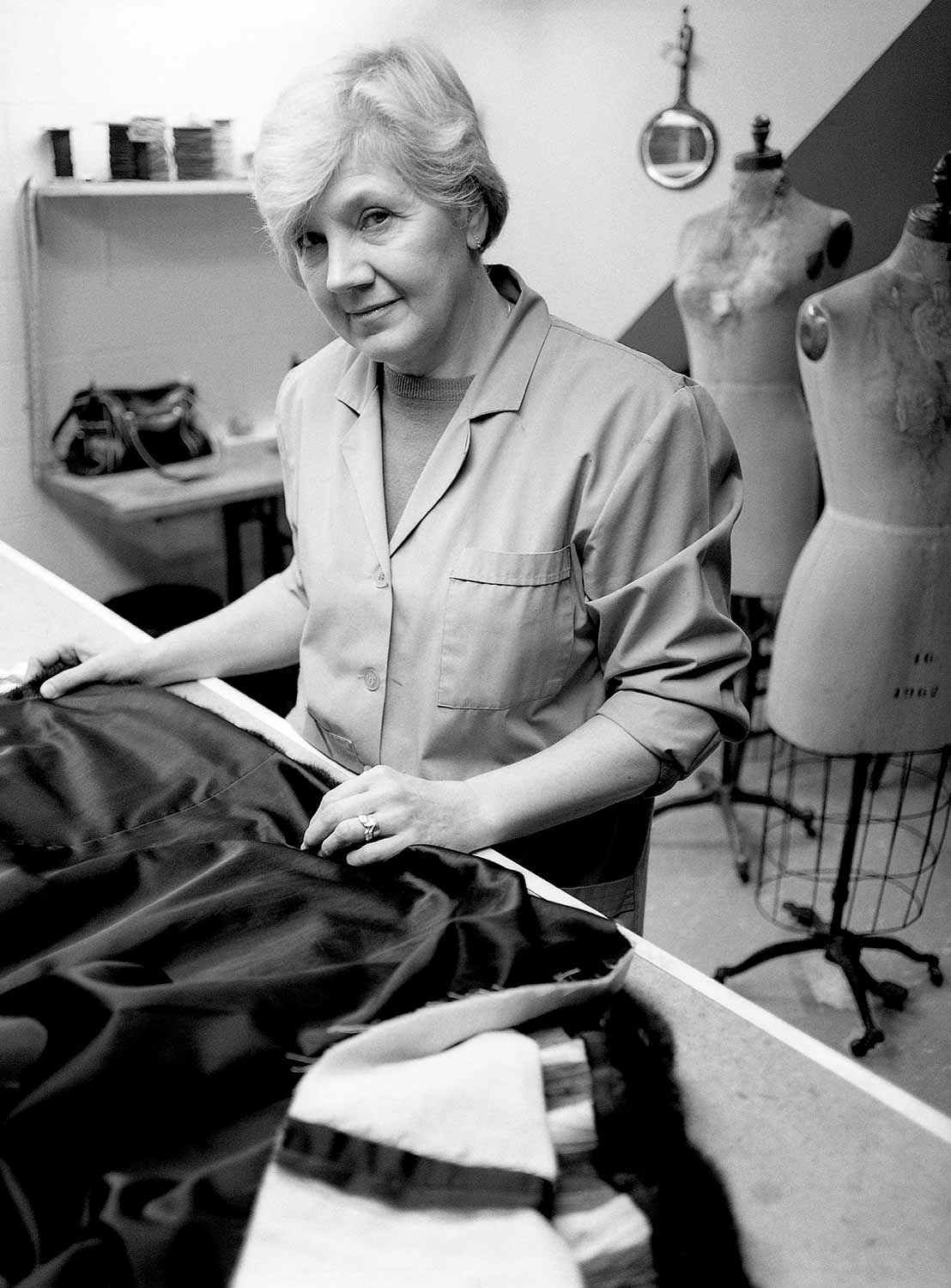
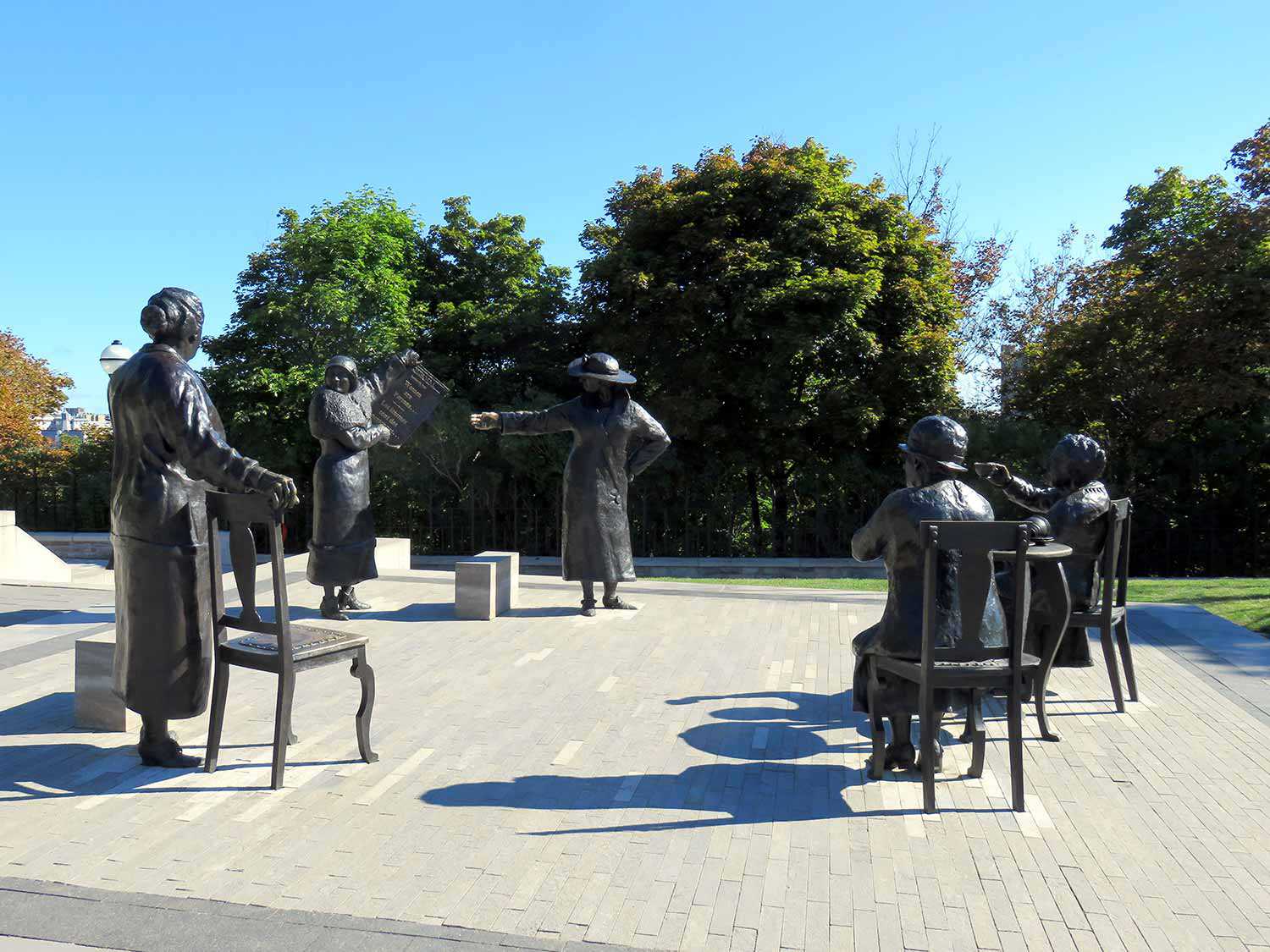

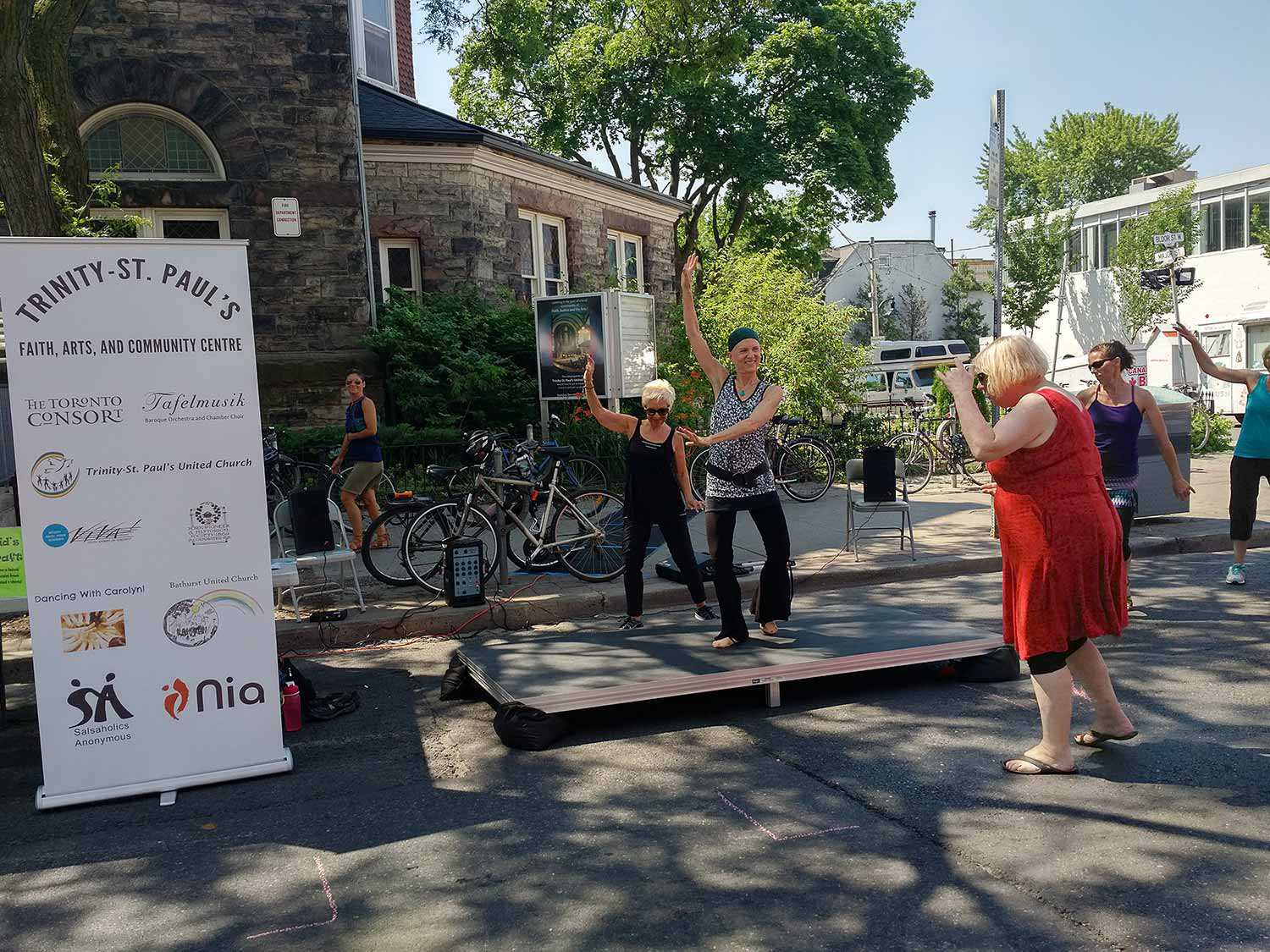

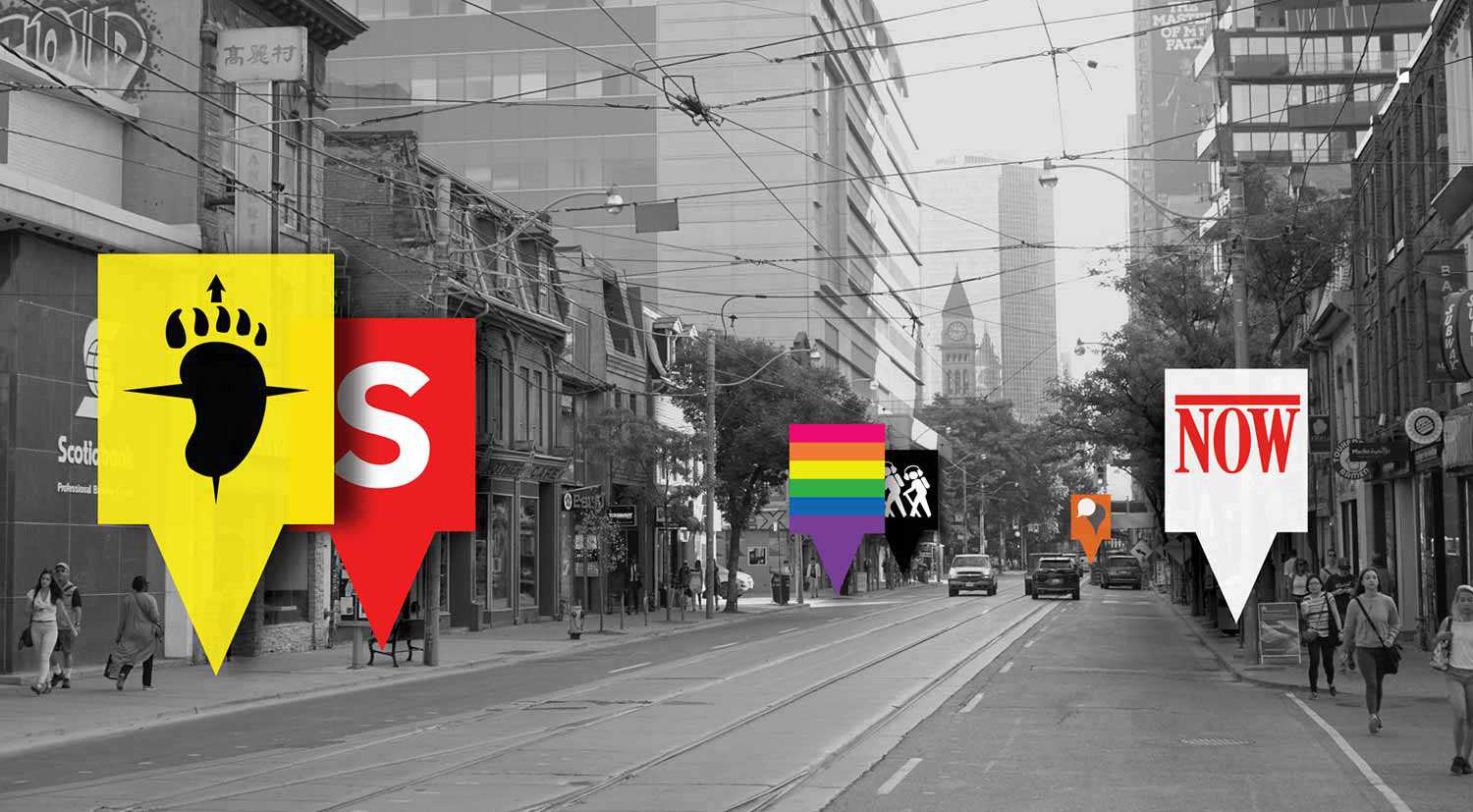
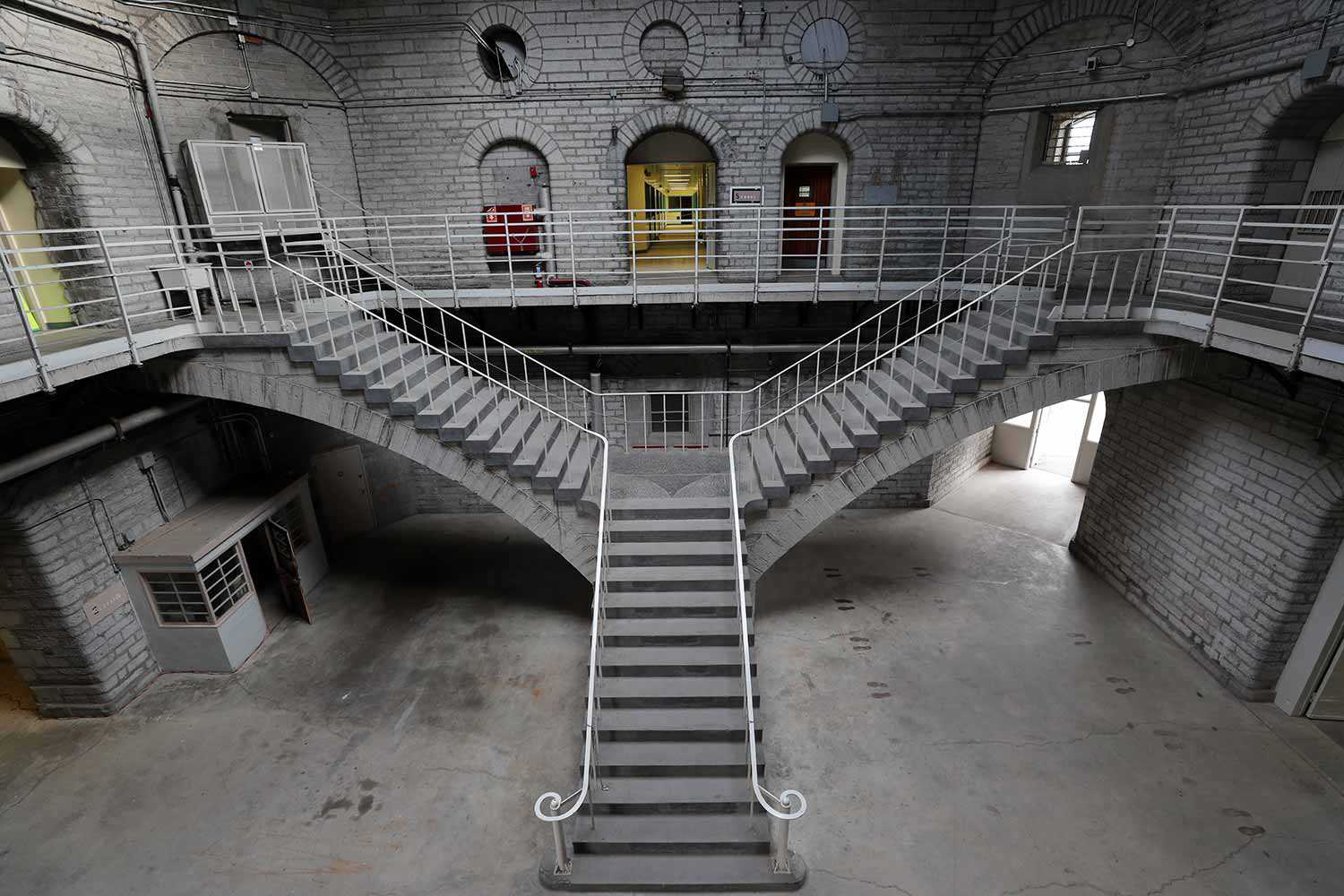
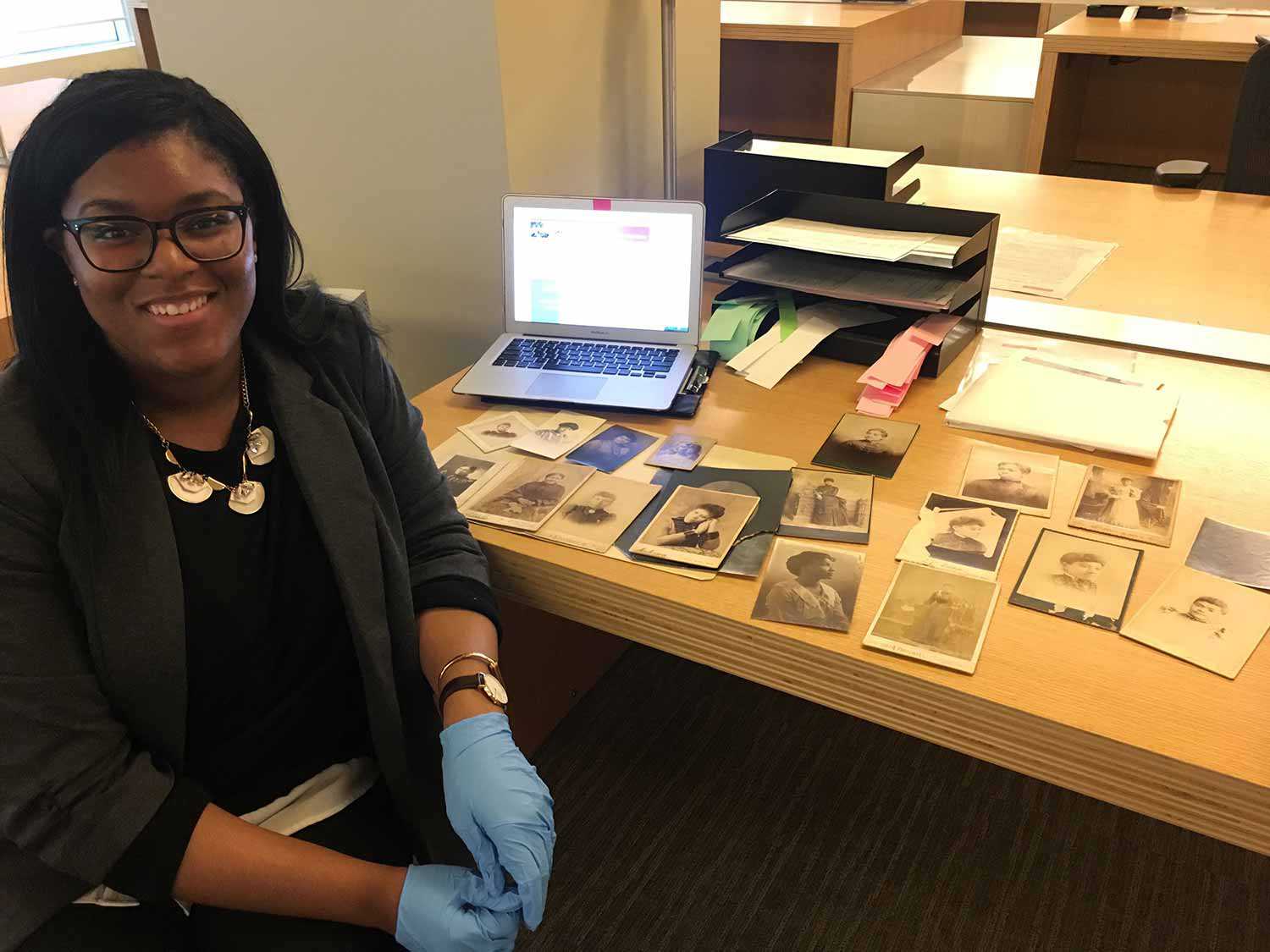

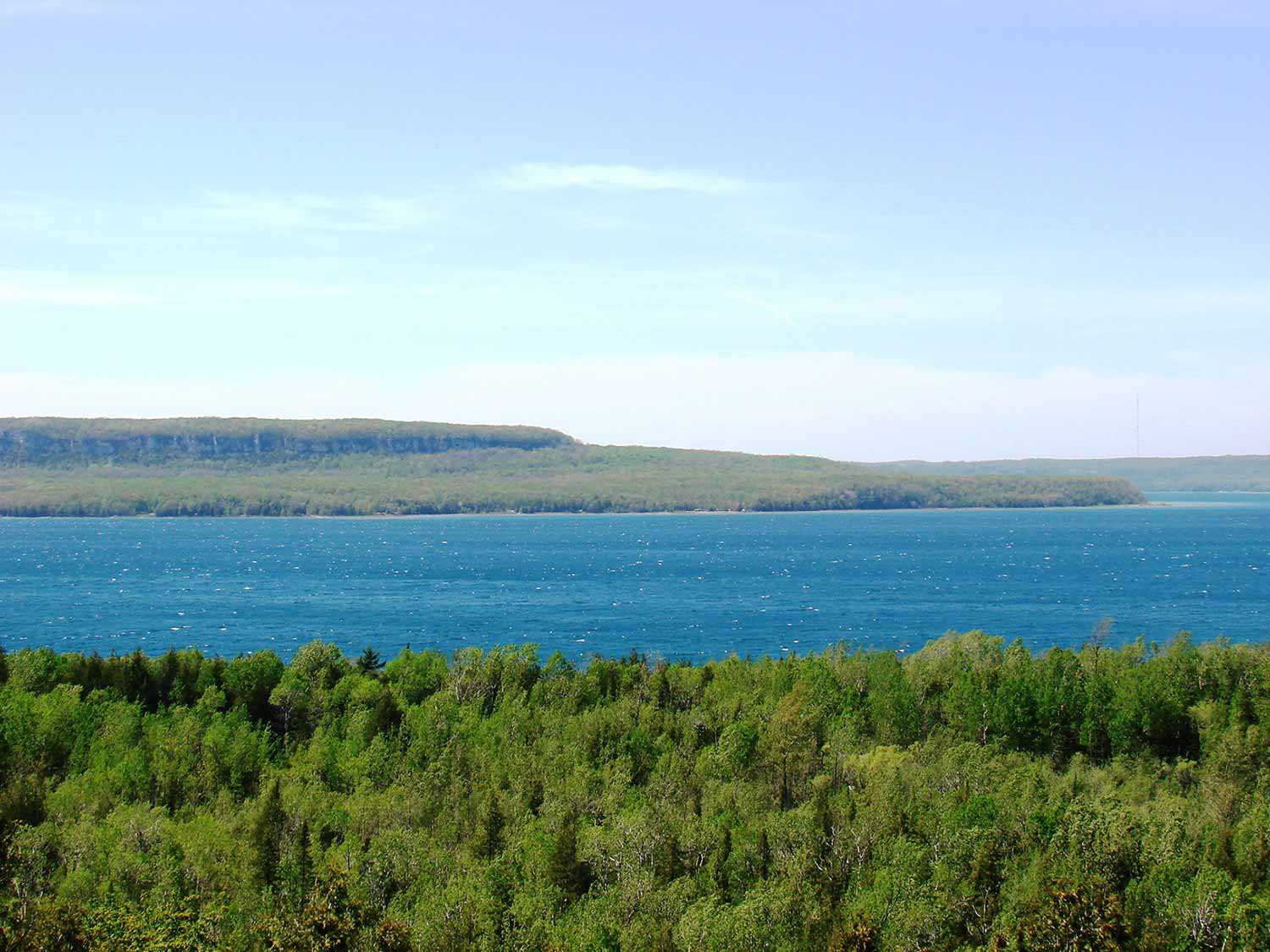
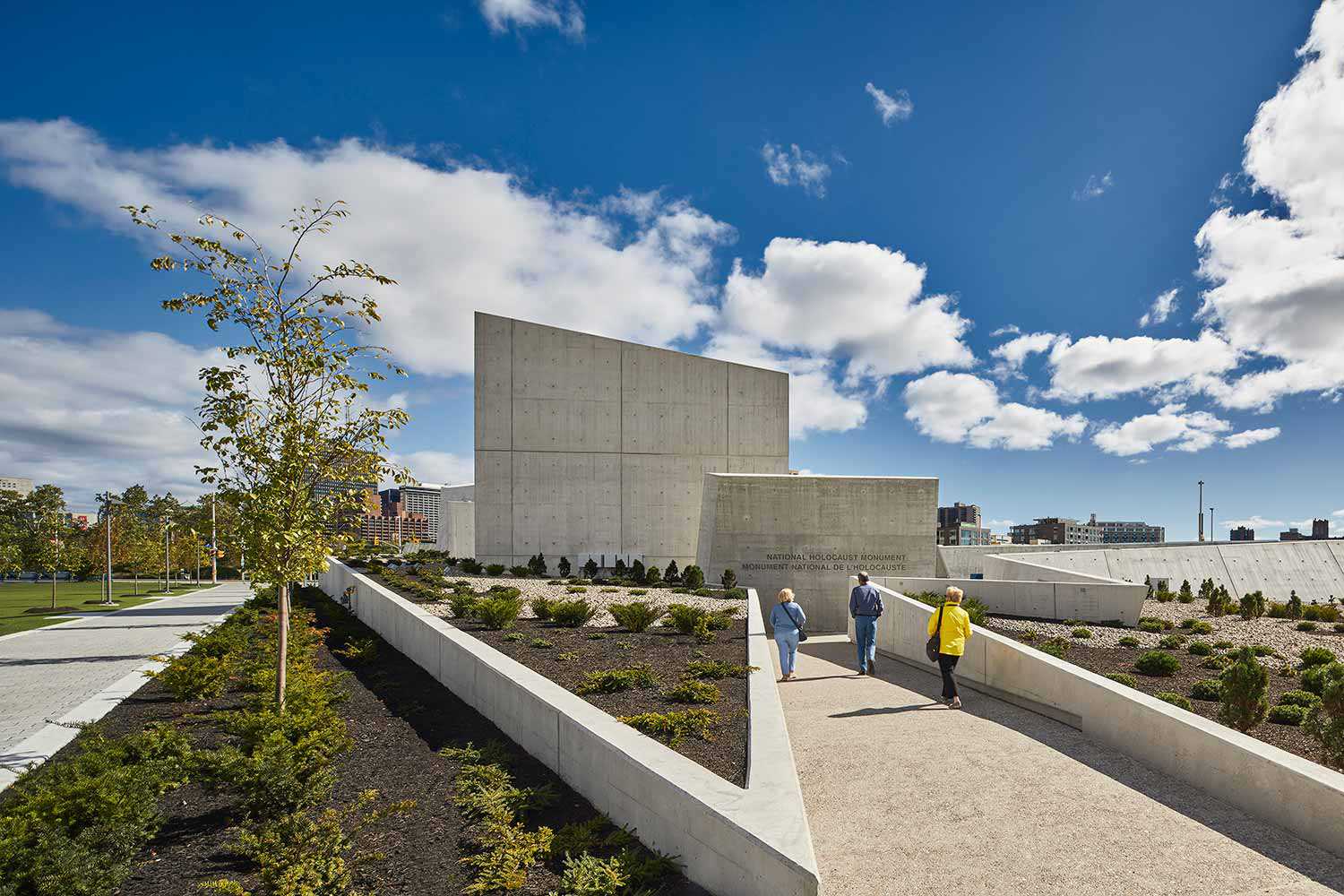
![F 2076-16-3-2/Unidentified woman and her son, [ca. 1900], Alvin D. McCurdy fonds, Archives of Ontario, I0027790.](https://www.heritage-matters.ca/uploads/Articles/27790_boy_and_woman_520-web.jpg)
